Frank Lambert Birding
Guided Birding, Rainforest and Nature Trips in Malaysia, Borneo, Indonesia, Mongolia, Colombia and beyond


Supporting your global birding
©Frank Lambert

I am an experienced international birder, and rainforest ecologist, as well as an avid bird sound recordist, and since 2009 I have guided dozens of birding tours and nature trips to Malaysia, Borneo, Indonesia, Mongolia and elsewhere in Asia, as well as to many destinations in Australasia and the Americas.
Post-pandemic, I am leading tours for Limosa , Wildwings and Heritage Expeditions to various destinations, but I am also able to offer a personalised guiding service for anyone interested in being accompanied by a professional guide on their private birding, rainforest or wildlife trips. I can also provide expert advice and assistance in planning trips. This website aims to promote those services, as well as my bird sound recordings , and will enable you to learn about my experience and to contact me if you if you wish to do so.
Bird Guiding, Rainforest and Nature Trips
Malaysia, Borneo, Indonesia, Mongolia, Colombia and Beyond

Guiding Birding Trips
Hiring a professional bird guide to accompany you on your private birding trip can be a smart move. An experienced international birding guide who is familiar with the local birds at your destination, who knows the majority of bird vocalizations and has access to a full set of relevant sounds for playback and a network of local contacts can make the difference between a successful trip and one potentially beset with problems. I can also assist in targeting rarer species, and help you plan and organize your trip if required.
( photo: Canopy Walkway in Sabah, Borneo ).

Guided Rainforest and Nature Trips
As an experienced rainforest ecologist who has spent years studying birds and wildlife in the rainforests of Peninsular Malaysia and Sabah, Borneo, I am very well qualified to offer professional guiding services to tourists visiting Malaysia or north Borneo on nature and wildlife trips. I am also able to guide small nature tour groups, individuals or couples on bird and mammal watching trips to Mongolia, where I have been working with a professional wildlife tour operator for five years.
( photo: Bornean Orang Utan in Sabah, Malaysia ©Nigel Voaden )

Book Reviews
I regularly review bird and mammal books for publishers, some of which are to be found on this website. Please follow the link below to see my most recent in-depth reviews. Recent reviews include Birds of Senegal and The Gambia ; Birds of Costa Rica ; Europe's Birds; Gulls of Europe, the Middle East and North Africa ; Birds of the Indonesian Archipelago 2nd Ed ; Birds of Malaysia ; Birds of Argentina ; Birds of Colombia ; and All Asian Primates .
( photo: Rufous-collared Kingfisher , Borneo ©Nigel Voaden ).

Upcoming Tours with
Confirmed dates.
Tours I am guiding for Limosa, Wildwings, or Heritage Expeditions: ( click on tour name for more information )

West Pacific Odyssey 2024
21st march to 18th april.
New Zealand to Japan via New Caledonia, Solomon Islands and Truk

Southeast Brazil 2024
29th june to 8th july.
Searching for Atlantic Forest specialities A 10-day, single-lodge, small group tour

Ghana 2025
10th to 24th january.
Rainforests of West Africa

Argentina - Cape Verdes: The "Atlantic Odyssey" 2025
23rd march to 23rd april.
South America and South Georgia to St Helena, Ascension and the Cape Verde Islands: seabirds, island endemics and cetaceans

Sound Recordings
Bird and mammal Sound Recordings
I have made sound recordings of over 4,600 species of bird. Thousands of birders, bird photographers and bird taxonomists use my bird sounds for a variety of reasons, in particular for playback and taxonomic research. Various birding DVDs and Apps have licensed sounds from me for commercial use: if you are interested in doing the same, please don’t hesitate to contact me . Below is a small selection of bird sounds from recordings that I have made.

People I work with
Any international birding trip takes a significant amount of time to organise, even if only guiding is involved. Although I prefer to work alone, in some cases it is necessary to work with various people, including local agents and guides. In particular, I sometimes work with fellow ecologist John Howes for nature trips in Malaysia and Borneo, and it is essential to work with a local team in Mongolia.
( photo: Mongolia 2019 ©Frank Lambert )

Photography
Photography is something that I mainly leave to clients. I am not an avid photographer and will not waste your time whilst trying to get good photos for myself. Guides from many bird tour companies are under enormous pressure to take high quality photos for their trip reports, but I would rather use the photos of clients and birding companions.
Many of the photos on this website have been kindly contributed by people who have travelled with me. To see who they are, and view some of their photos from trips to Malaysia, Borneo, Indonesia and Mongolia please click below.
( photo: Knobbed Hornbill, Sulawesi ©Nigel Voaden )
Testimonials

Get in Touch
Thanks for submitting!
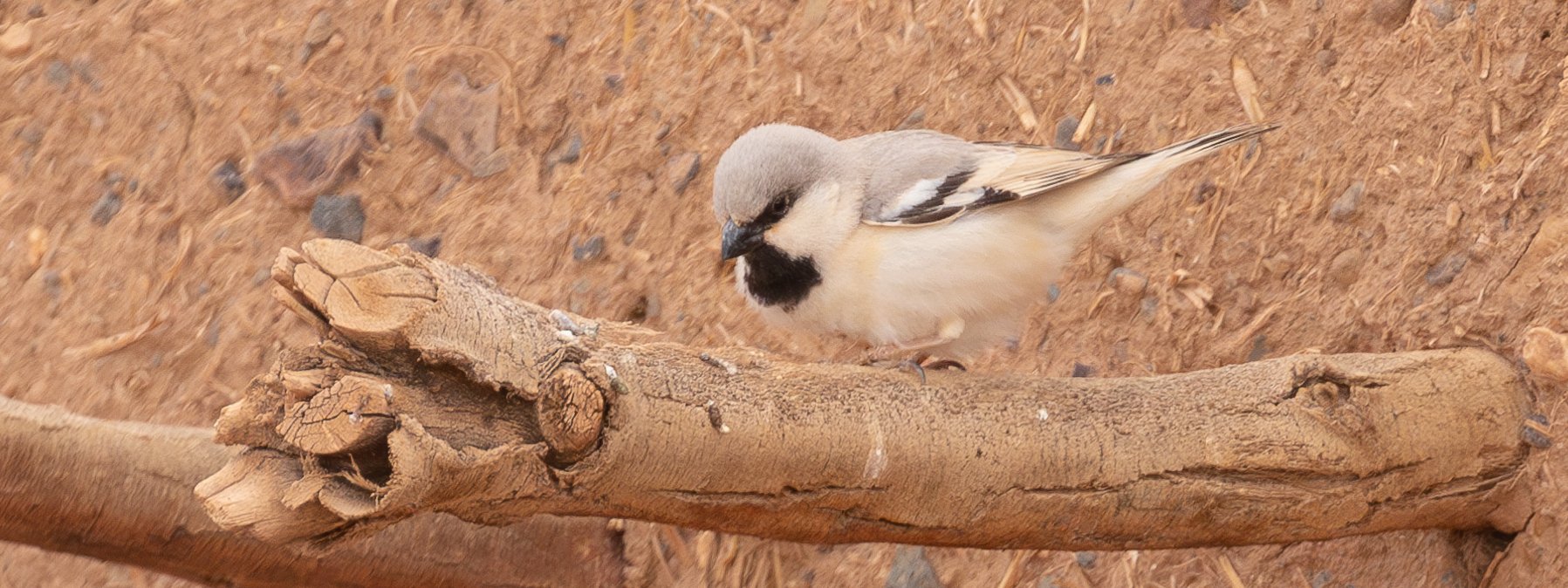
High Atlas, Sahara and Agadir
An 11-day birdwatching tour to the coast, deserts and mountains of Southern Morocco
Limosa's improved itinerary exploring southern Morocco combines the best birding in North Africa with time to explore the deserts and mountains of the south along with the coast around Agadir.
Visiting these diverse and spectacular habitats gives us the opportunity to look for a fantastic range of species and the bird list reads like a veritable 'Who’s Who' of sought-after Western Palearctic specialties with Northern Bald Ibis, Cream-coloured Courser, Crowned, Black-bellied and Spotted Sandgrouse, Pharaoh Eagle Owl, Egyptian Nightjar, Blue-cheeked Bee-eater, Levaillant’s Woodpecker and Maghreb Magpie amongst the possibilities.
We also hope to see up to ten species of larks and eight wheatears, Moussier’s Redstart, Tristram’s and African Desert Warblers, Fulvous Babbler, African Crimson-winged Finch, Trumpeter Finch and Desert Sparrow, whilst also enjoying the spectacle of the northern migration as birds head up into Europe.
Tour Dates & Prices
Wed 12th March 2025
Sat 22nd March 2025
What's Included?
- Limosa Tour Leader
- 10 nights' accommodation in Morocco
- All main meals (with drinking water provided)
- Local travel by minibus
- 4WD vehicles at Merzouga (2 days)
- All excursions, entry fees, local guides, tour-based tips (drivers, guides etc) and taxes
- Limosa checklist of birds
Cost Excludes
International flights, insurance, drinks, airport meals/snacks, in-flight meals and other items of a personal nature.
The Land Only Tour Cost is the amount you will pay Limosa.
We have taken the decision to continue to price our holidays as excluding international flights.
To keep the process as simple as possible, we are working very closely with a dedicated agent at Travel Counsellors, Sacha Barbato, who is essentially now our “in house” flight consultant.
Sacha is a highly experienced independent ATOL bonded travel agent, and his contact details are as follows: [email protected] and 01603 360099
He will be able to advise you which flights we are recommending for each holiday and will be able to book these for you.
This will also sometimes give you the option to travel from a regional airport if you prefer.
Tour Highlights
- Enjoy the best birding in North Africa
- Two days of excursions by 4WD vehicles into the Sahara for desert birds at Merzouga
- Look for Northern Bald Ibis, Egyptian Nightjar and Desert Sparrow plus a host of other Moroccan specialities
- Migration in full flow plus up to a dozen raptors, ten larks, eight wheatears and twenty warblers
- Incredible and varied landscapes from the snowy peaks of the Atlas mountains to the towering sand dunes of the Sahara desert
- Small group with a maximum of just 10 participants
- Expertly led by Limosa's Fernando Navarrete, an expert on Morocco’s birds
Outline Itinerary
Fly to Marrakech. Night Ourika
High Atlas Mountains around Oukaimeden (2500-3000m / 8200-9800ft). Night Ourika
We cross the Tizi n’Tichka pass and head east to Boumalne Dades (2 nights)
Tagdilt track, Imiter and Gorges de Dadès
We continue east for the first of a three-night stay on the edge of the Sahara Desert. Night Merzouga
4WD desert excursions looking for Egyptian Nightjar, African Desert Warbler and Desert Sparrow. Merzouga (2 nights)
Heading west. Night Ouarzazate
From Mansour Lake, up and over the Atlas Mountains. Drive to Agadir (2 nights)
Explore the coast at Tamri and visit Oued Massa.
Explore Oued Massa. Flight to UK from Agadir
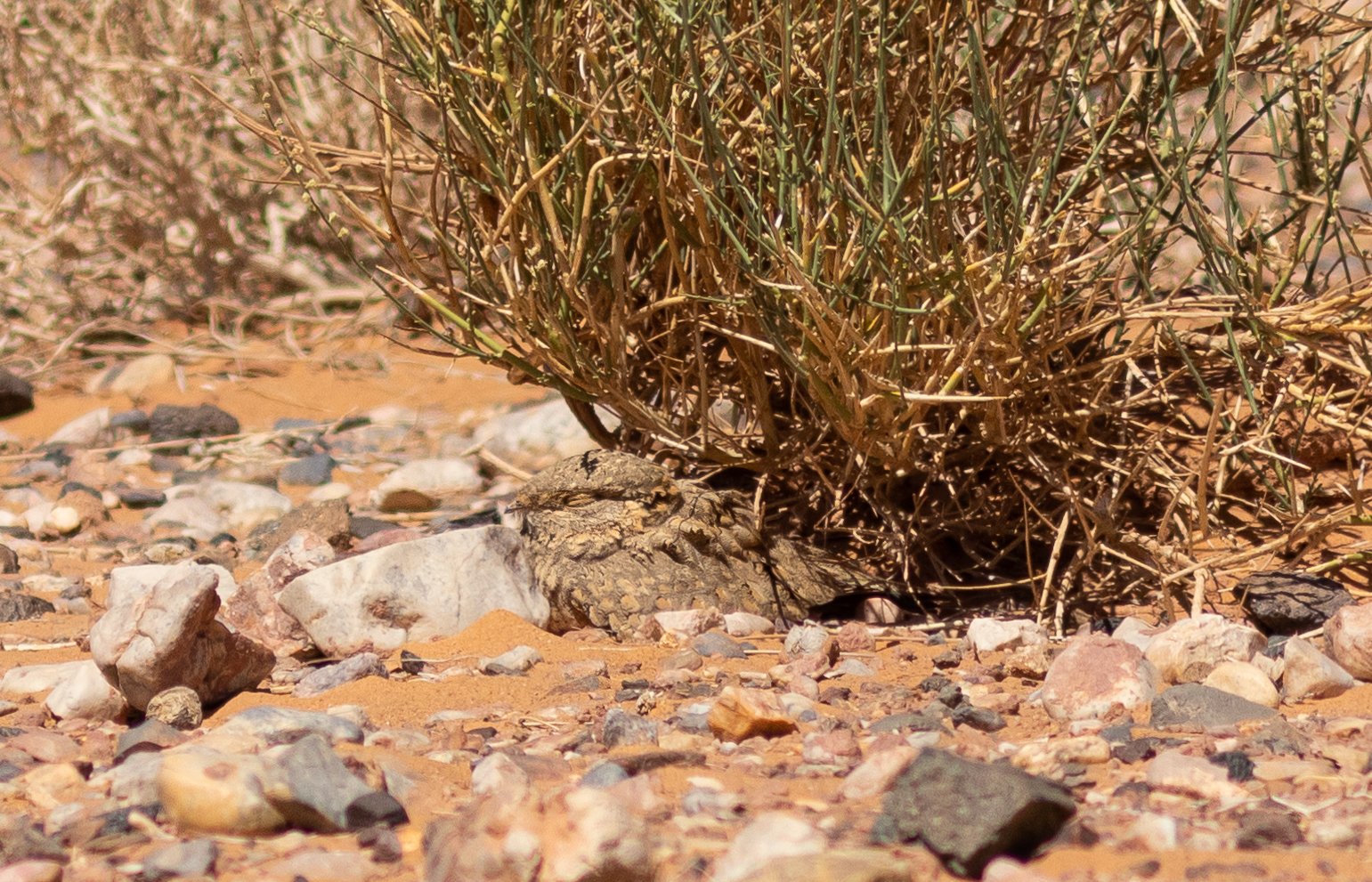
Magnificent in any season, the Atlas Mountains and desert regions of Morocco boast the richest birdlife in North Africa. Set against an ever-changing backcloth of spectacular scenery, our spring tour finds this beautiful and incredibly varied country at its best. The northward rush of migration through the desert oases and mountain passes is in full flow, and this is also the optimum time to seek out Morocco’s long list of outstanding breeding birds from Pharaoh Eagle Owl, Egyptian Nightjar and Blue-cheeked Bee-eater to Thick-billed and Greater Hoopoe-Larks, Desert Sparrow and African Desert Warbler. The list of specialities seems almost endless!
While Morocco is a big country, our itinerary concentrates on the south thereby cutting down significantly on the amount of time spent travelling. We also spend two days in the desert, which is always a highlight, to allow longer enjoying the unique and fascinating birdlife of this very special place.
Arriving in Marrakech, we start our birding in the mountains with the exciting prospects of Atlas Horned Lark, Atlas (Seebohm’s) Wheatear and African Crimson-winged Finch as we ascend to more than 2500m (8000ft) in the snow-capped mountains of the Atlas range. In the forests on the approach road, we shall look for Levaillant’s Woodpecker, plus Barbary Partridge, Moussier’s Redstart and African Chaffinch amongst many specialities that are endemic to Northwest Africa.
Descending to the oasis town of Ouarzazate, we then swing east to Boumalne Dades for our first real taste of desert birding. Larks abound on the stony hamada at Tagdilt, where we shall be especially keen to find Temminck's Horned and Thick-billed Larks, alongside Cream-coloured Courser, a variety of sandgrouse and Desert Wheatear.
Continuing east, we check out sites for Streaked Scrub Warbler, Maghreb Lark and Fulvous Babbler, before heading deeper into the desert to enjoy an extended three-night stay at an excellent hotel in Merzouga, on the fringes of the mighty Sahara.
Over the next two days, we shall make exciting excursions by 4WD vehicle that will carry us around the flowing skirts of the huge red dunes of Erg Chebbi. Assisted by our local guides, we shall visit the current hotspots amidst this spectacular but shifting landscape in our quest for African Desert Warbler, Brown-necked Raven and the rare and rapidly declining Desert Sparrow.
Egyptian Nightjars also breed here and, although not present every year, our last ten tours have all been lucky! We also plan to visit some cliffs where the impressive Pharaoh Eagle Owl nests.
Retracing our steps to Ouarzazate, we have a chance to visit El Mansour Reservoir, on the edge of town. At this time of year, and depending on the water levels, the area can be alive with migrants. Wetland species can include Marbled Duck, storks and Collared Pratincole, while parties of Yellow Wagtails and Meadow Pipits often hold Red-throated Pipit. With luck, we may also find Bluethroat and Western Olivaceous Warbler before we shall head for Agadir for two nights.
With its warm, Mediterranean-type climate and fine diversity of habitats, from arid coastal scrub to dramatic mountains, the Agadir region not only attracts good numbers of European migrants but is also home to a fascinating resident bird population that has a distinctly African flavour.
Barbary Partridge, Brown-throated Martin, Moussier’s Redstart, Black-crowned Tchagra and the sought-after Northern Bald Ibis are among many specialities we hope to see, while the cheery calls of Common Bulbuls enliven the hotel gardens and Spotless Starlings and House Buntings sing from the rooftops.
Two of Morocco’s very best birding spots, the estuaries of the Oued (river) Souss and the Oued Massa, lie within an easy drive of our comfortable Agadir hotel. Shorebirds abound, with herons, Eurasian Spoonbill, Greater Flamingo, waders, gulls and terns being numerous on the Souss, and the likes of Marbled Duck, Black-winged Kite, Laughing Dove and Maghreb Magpie among more exotic species to look for in the Massa valley.
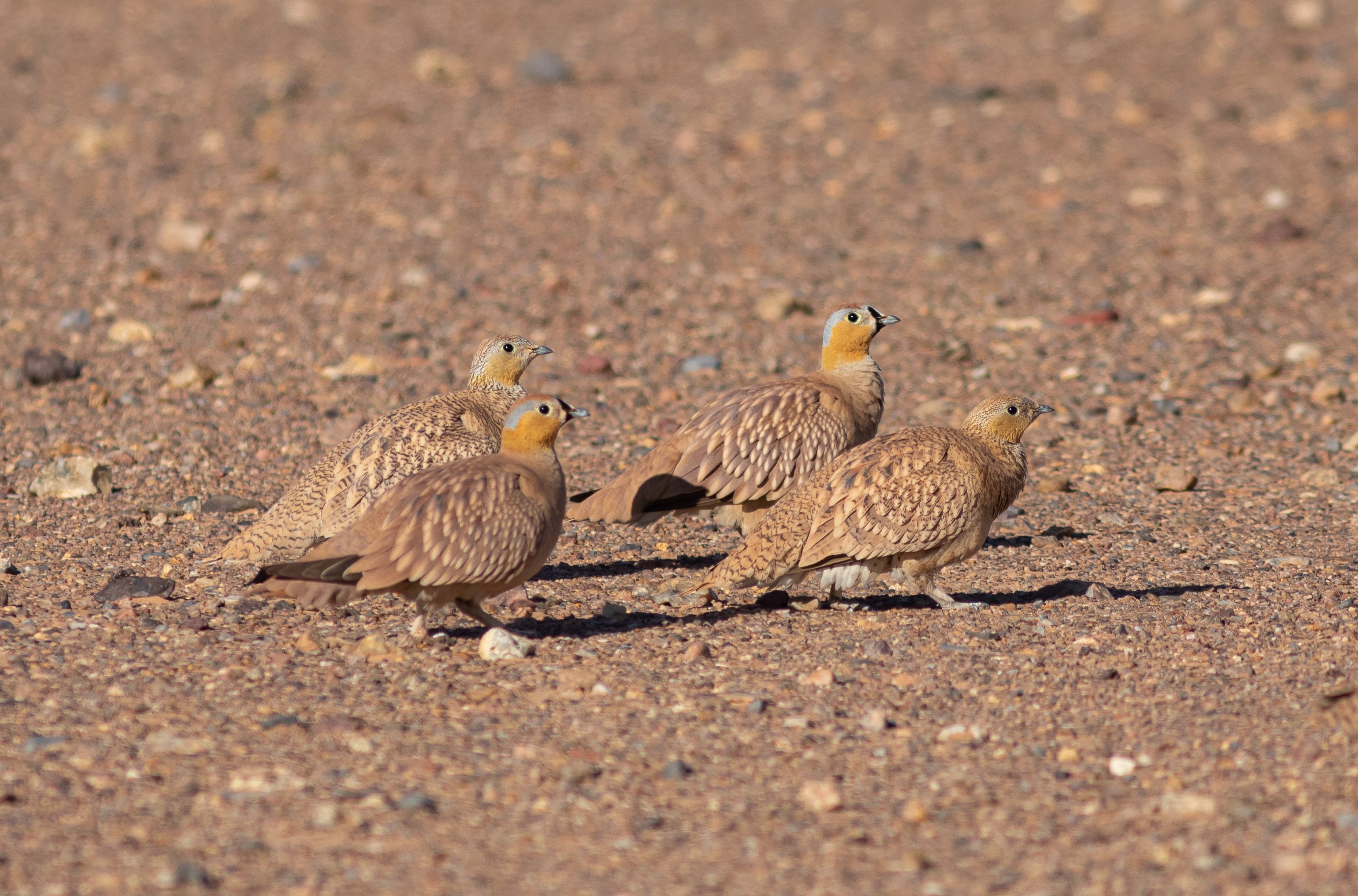
MARRAKECH AND ATLAS MOUNTAINS
Our spring birding tour to Morocco begins in Marrakech, where Fernando will be waiting to welcome you. We head directly south, out of town, and climb up into the Atlas Mountains that loom large in the distance to arrive at our first hotel near Ourika, which will be our base for two nights. Situated well away from the hustle and bustle of Marrakech, Ourika is the perfect base from which to explore North Africa's highest mountain range. Night Ourika
THE HIGH ATLAS
Our birding reaches a literal high today as we make the short drive up to an altitude of between 2500-3000m (8000-9800ft) in the High Atlas Mountains. If the visibility is clear, the views can be spectacular!
Ringed by ragged snow-capped peaks, the ski-resort of Oukaimeden gives us access to the realm of Red-billed and Alpine Choughs, Atlas Horned Lark, Rock Sparrow and Atlas (Seebohm’s) Wheatear, the dapper males with their distinctive black throats.
The chunky Black Wheatear is also possible and, with any luck, we shall come across the splendid African Crimson-winged Finch, another of the region's endemics. This altitudinal species can be relatively easy to find one year and seemingly absent the next, so can never be guaranteed, but we shall check several favoured haunts.
As we head back down for a second night at Ourika, we may find the local Atlas race of White-throated Dipper ( minor ) in the streams and scan the rocky slopes for shy Barbary Partridges which always seem to scarper just as soon as you find them!
Nearer to our hotel, there is a remnant area of mature pine forest where there are chances for Moussier’s Redstart and Levaillant’s Woodpecker and the Moroccan form of Short-toed Treecreeper. Gardens and orchards along the valley resound to the songs of Nightingales and Blackcaps in early spring, and we are also likely to encounter ‘African’ Chaffinches of the green-backed North African race, as well as Hawfinch and possibly the (Atlas) Common Crossbill. Night Ourika
HIGH ATLAS TO BOUMALNE
Leaving Ourika, we cross the mighty High Atlas range today via the spectacular Tizi n’Tichka pass, with further opportunities to watch for Levaillant’s Woodpecker along the way. In high mixed woodland, we shall look for African Blue Tit and singing Western Subalpine Warblers. Tristram’s Warblers love the low maquis-like scrub of the slopes as we rise higher towards the pass and we shall have a good chance to see this super Sylvia , another tricky Northwest African endemic.
Over the pass itself we should see 'North African' Raven and may encounter a migrant Western Black-eared Wheatear or two beside the road. Migrating raptors may be passing overhead and could well include Black Kite and Booted Eagle, harriers and kestrels.
Nearing Ouarzazate, we may make one or two stops to search for larks, including Greater Short-toed, and have our first chances of Trumpeter Finch and White-crowned (Black) Wheatear. With luck, we shall also come across the Maghreb Wheatear which is a recent split from Mourning Wheatear and by far the scarcest and hardest to find of all the Moroccan wheatears.
Continuing east along the Dadès Valley, we pass a string of villages and oases where rose petals are harvested for rose water. The riverbed itself can be interesting and a brief stop might reveal migrant White and Yellow Wagtails, the latter most often of the race iberiae, as well as the striking ‘Moroccan’ White Wagtail. Waders such as Green and Common Sandpipers also occur here on passage. Night Boumalne Dades
TAGDILT TRACK AND GORGES DE DADÈS
We plan to head out early this morning to explore one of Morocco’s most productive areas of stony desert or hamada . Situated at an elevation of 1600m (5200ft) and known to birdwatchers as the 'Tagdilt Track', this extensive, high arid plain is home to desert specialists such as Cream-coloured Courser and Black-bellied Sandgrouse. Crowned and Spotted Sandgrouse are scarcer and more elusive, but we sometimes see them here.
We plan to be in place to see dawn above the desert and, if it is clear, the distant Atlas Mountains may glow pink as the sun rises. As the light gradually starts to improve, we shall begin to hear the songs of Tagdilt's desert birds. Most of the region’s sought-after larks occur including Temminck’s (Horned) Lark, Greater Hoopoe-Lark and Thick-billed Lark. Desert Wheatears utter their ‘sad Robin’ song, and we may even be treated to a Red-rumped Wheatear’s rendition of a whistling kettle coming to the boil!
Later, we may head east to walk beside impressive wadi cliffs looking for Lanner Falcons and rare desert dwellers with further chances for Maghreb Wheatear. The spectacular road up into the pink mountains of Gorges du Dadès is another option where Crag Martin, Blue Rock Thrush and Rock Bunting breed and we have another opportunity for the secretive Tristram’s Warbler. Night Boumalne Dades
TAGDILT TRACK TO MERZOUGA
After paying a second early morning visit to the Tagdilt Track, we set off east towards Goulmima, stopping to look for the elusive and localised Streaked Scrub Warbler with the chance of also finding a flock of chattering Fulvous Babblers. Desert Wheatear and various larks can often be found beside the road with further chances to spot the hefty Thick-billed Lark.
After lunch, we swing south, following the Oued (river) Ziz towards Rissani, where the landscape changes to one of broad wadis and sweeping desert flats. Ancient earth-walled villages and enticing palm-fringed oases dot the route. We shall be keeping a sharp lookout for the exotic Blue-cheeked Bee-eater, a migrant that should be returning here to breed and check the skies for marauding Lanner Falcons.
Our destination is an excellent hotel in the remote desert settlement of Merzouga (south of Erfoud), where we enjoy an extended stay of three nights. Situated at the foot of the towering red sand dunes of Erg Chebbi, the largest and most spectacular dune system in all of Morocco, stands of palm and feathery tamarisks are a magnet to northbound passage migrants in spring. Wryneck, European Bee-eater and Melodious Warbler are among many species we could see making their way north across the Saharan sands. Night Merzouga
SAHARA DESERT AT MERZOUGA
We have two full days to explore the desert around Merzouga, where our excursions by 4WD vehicles into the plains of the Sahara could well be the highlight of the tour.
Leaving our hotel at dawn, we shall try for Egyptian Nightjar, an extremely scarce species which can be found in the desert around Merzouga. Although we have been lucky on many previous visits, we can’t promise to repeat the amazing good fortune of our last five tours, which were all treated to remarkable daylight views of birds roosting on the desert floor!
Maghreb Lark, African Desert Warbler and Brown-necked Raven may all be new to us today. We shall also be hoping to find that most reclusive of desert birds, the handsome and nomadic Desert Sparrow. Sadly, this is now a species in serious decline in Morocco having been ousted from many former haunts by the ever-spreading House Sparrow.
If the desert rains were good during the winter, we shall continue out to an ephemeral lake which (when present) proves irresistible to flocks of transient waterfowl and waders, even Greater Flamingos and Coots, as they wing their way across the Saharan sands. Set against the backdrop of Merzouga’s towering red dunes, it makes for a truly remarkable sight!
Sometimes Spotted Sandgrouse come to drink, while the surrounding stony desert may reveal Cream-coloured Courser and Greater Hoopoe-Larks looping the loop in song flight display.
After a thrilling morning in the desert, we return for lunch at the hotel, where those that wish will be able to take a break from birding and later enjoy watching the sun set on Erg Chebbi. If we haven't already been there, we may travel out to some cliffs that have rewarded several of our tours with fine views of two more Saharan specialities: Pharaoh Eagle Owl and Barbary Falcon (although the latter is now regarded as a race of Peregine), as well as Alpine Swift. The low bushes in this area are also a favoured haunt of Crowned and Spotted Sandgrouse.
With 4WD vehicles again at our disposal, our second full day at Merzouga gives us the chance to catch up with anything we may have missed before or to pay a return visit to any wetland areas or wadis in search of migrants. Blue-cheeked Bee-eater, Rufous-tailed Scrub Robin and Western Olivaceous Warbler all pass this way in spring. At Rissani, amongst the pink-flowering tamarisks and palms of the oasis, we may find the smaller 'Saharan' form of Eastern Olivaceous Warbler singing its cyclical song. Two further nights Merzouga
MERZOUGA TO OUARZAZATE
We have a fair distance to cover as we travel back west towards the town of Ouarzazate, famed as Morocco’s answer to Hollywood. We will pass through varied habitats along the way, perhaps breaking our journey near Jorf, where Blue-cheeked Bee-eaters sometimes nest or investigate a shallow desert wadi for migrant Spectacled and Western Subalpine Warblers.
Raptors and White Storks are also on the move at this time and could well be seen spiralling over hilltops, seeking to gain height as they continue their northward journey to Europe. At Kelaa, we cross a river where 'Moroccan' White Wagtail and Little Ringed Plovers feed.
Birding stops permitting, we shall aim to arrive at Ouarzazate in time to visit El Mansour Reservoir for the last hour or so of the day. Much depends on water levels but, with the light behind us, we shall check the lake for wildfowl that can include Ruddy Shelduck and Marbled Duck, while the shore regularly attracts waders such as Avocet, Redshank and Collared Pratincole.
Migrating Black and White Storks often stop here to rest and refuel and we may find various races of Yellow Wagtail creeping about the vegetation. Any groups of pipits are well worth checking as these may include the handsome Red-throated Pipit with its fine brick-red throat. Night Ouarzazate
EL MANSOUR TO AGADIR
A pre-breakfast gathering in the grounds of our hotel might reward us with groups of Night Herons returning to roost or screaming Pallid Swifts over the town. After breakfast, we may take another look at El Mansour Reservoir in the hope of finding some additional species: Spoonbill, Little Stint, Wood and Common Sandpipers, Black-winged Stilt and Gull-billed and Whiskered Terns are all regular here in spring and our recent visits have also produced Osprey and Collared Pratincole.
Little Owls sometimes frequent the roof of a nearby ruin and Squacco Herons can also be seen along the waters’ edge, where we shall look for migrants such as Quail and Bluethroat.
Leaving Ouarzazate, we shall head southwest to Agadir stopping at suitable locations to look for birds as we go. Two nights in Agadir.
LOOKING FOR NORTHERN BALD IBIS, ATLANTIC COAST AT TAMRI AND OUED MASSA
Early risers will relish the chance to check out the environs of the hotel, where ‘strangers’ such as Spotless Starling, House Bunting, Spanish Sparrow and cheery Common Bulbuls mingle with the likes of Blackcap, Chiffchaff and other more familiar ‘British’ birds.
Our first stop is likely to be Agadir Kasbah (castle) which is just a short drive from our hotel and where we hope to find the dazzling Moussier's Redstart, the most striking of the region’s endemic birds. The wary Barbary Partridge, as well as Black Wheatear, Thekla Lark, ‘Desert’ Great Grey Shrike and Blue Rock Thrush are all possible and we also have our first opportunity to look for the vocal but elusive Black-crowned Tchagra.
The narrow threads of sand along the Atlantic shore are well worth checking in winter for flocks of Yellow-legged and Audouin’s Gulls. On the outskirts of Tamri, we enjoy a tagine lunch and take a walk at the lagoon, where we should find Zitting Cisticola, Spoonbill and Ruddy Shelduck.
Surprises sometimes occur and on one of our visits, we encountered both Ferruginous and Marbled Ducks plus a gaudy Western Swamphen lurking in the reeds! Barbary Falcon is another interesting possibility at Tamri and if the winds are onshore, we are likely to see Cory’s Shearwater and Northern Gannet passing along the coast, with Common Scoter and Arctic Skua also possible.
Our main goal near Tamri, however, will be to find one of the world’s rarest and weirdest-looking birds, the Northern Bald Ibis. Once a widespread and numerous species with a range that extended north to the Alps and east into Turkey and the Arabian Peninsula, this enigmatic bird is now highly endangered, and all but confined to this tiny corner of Morocco. The stretch of arid coastline that lies immediately to the north and south of Agadir is its final stronghold, with a population which has latterly increased to about 700 birds.
The following day, we pay a visit to the bird-rich estuary of the Oued (river) Massa, which lies about an hour’s drive south of Agadir. This shallow, reed-fringed river is one of Morocco’s premier birding spots, combining a mosaic of freshwater habitats protected from the ingress of tidal saltwater by a sandbar thrown up by the Atlantic Ocean.
Periodically (typically, once in around every seven years or so), the sea breaches the sandbar and inundates the river behind, dramatically changing the character of the Massa and with it, the range of birds to be found there. Irrespective of the current state of the wetland, be it fresh, brackish or intensely saline, the Massa River and its environs remain an outstanding spot for birds.
Brown-throated Martins fly bat-like over the baked-mud houses and date palms that are so characteristic of the villages here. ‘Desert’ Great Grey Shrike, Zitting Cisticola, Cetti’s and Sardinian Warblers, and Serin should all be about with Cirl Bunting, Osprey, Marbled Duck, Laughing Dove and the secretive Black-crowned Tchagra also possible closer to the river itself.
With luck, we may spot a flight of Black-bellied Sandgrouse coming to the water’s edge to drink and Barbary Partridge and ‘Desert’ Little Owl frequent the low arid hills that border the northern shore of the river where there are usually one or two white-breasted 'Moroccan' Cormorants.
After some final birding, we will reluctantly head to the airport on day 11 for our flight back to UK where our tour concludes.
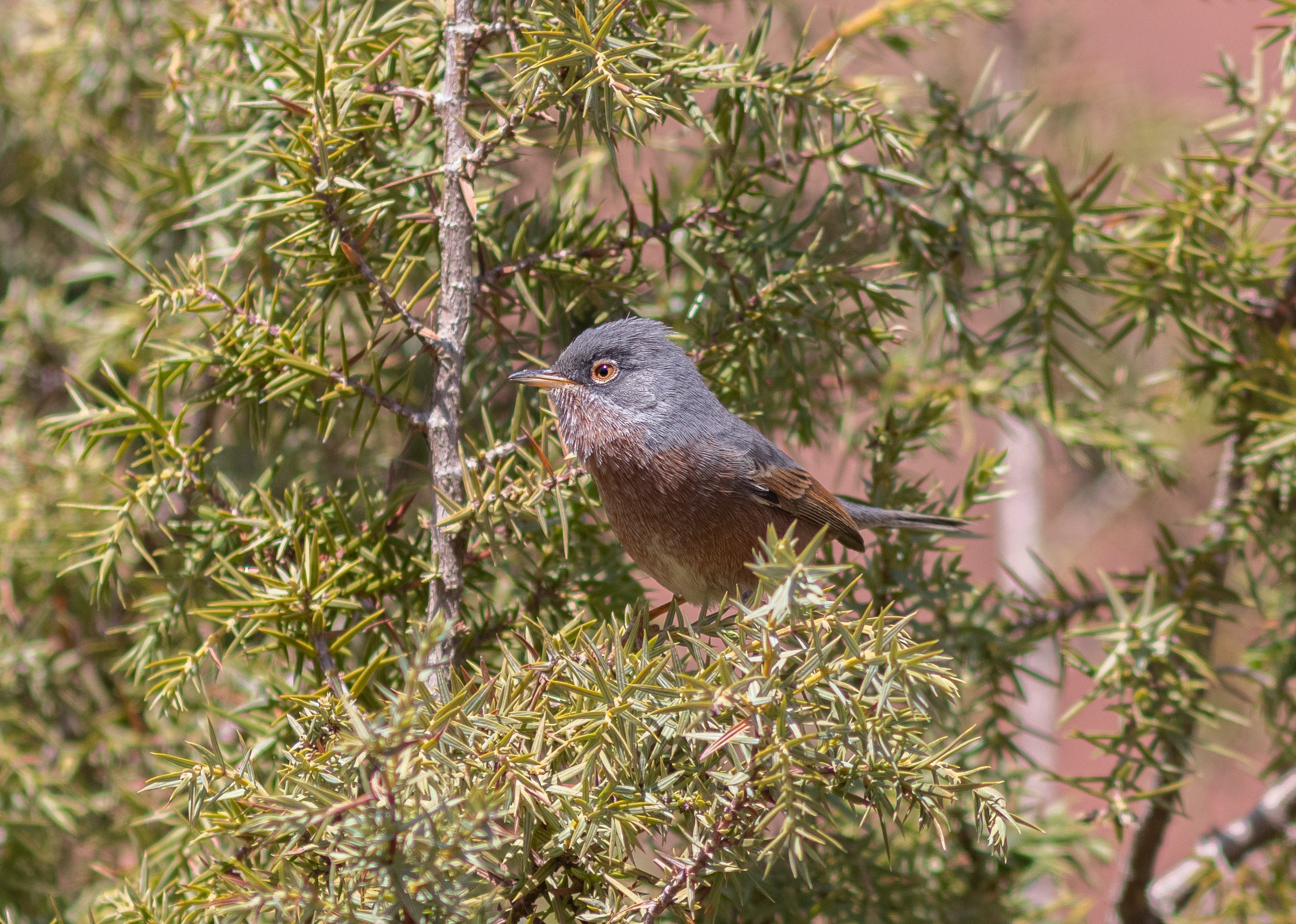
WHAT TO EXPECT Our spring birding tour to Morocco combines the best birding in North Africa with time to explore the deserts and mountains of the south along with the coast around Agadir.
Morocco is a big country and we must necessarily cover a fair amount of mileage on this tour, however, the longer drives are punctuated with stops for birding, but even when we are travelling you will find the Moroccan scenery is fascinating and constantly changing.
We usually drive to each birding site and take short, gentle walks from the vehicle. There are one or two longer walks, always at an easy pace.
In March, the climate in southern Morocco is typically warm to hot (10-30C/50-86F) and sunny, however, it can sometimes feel surprisingly cool. It can even be cold at night and chilly first thing in the morning on both the high plains (Tagdilt) and in the desert.
Rainfall is generally unusual at this season but not impossible, especially at higher altitudes in the Atlas Mountains, where it can also be cold. In some years, snow may still be lying or even falling!
A good tour for opportunistic bird photography plus many great landscapes.
BIRDS 140-180 species
ACCOMMODATION Hotels range from a new (and very well reviewed) kasbah in the foothills at Ourika to an excellent contemporary hotel in the desert at Merzouga. Standards vary widely across Morocco, but overall the accommodation is surprisingly good and improving year on year. All rooms have private facilities.
MEALS All main meals are included in the tour price, commencing with dinner on Day 1 and concluding with lunch on Day 11.
Our evening meals and most breakfasts will be taken at the hotels. Most lunches (and the occasional breakfast) will be picnics, but some will be taken at local restaurants, where the food is good.
WALKING Easy walking at a gentle pace, but you should be prepared for early starts on this tour to see the best birds and to beat the desert heat. Mostly short walks (c.1-3km) over mainly easy terrain. It can be stony and uneven underfoot in places so we recommend good walking shoes or lightweight 'desert' boots with sturdy, corrugated soles for this tour.
Maximum elevation: we drive up to 2600-3000m (8000-9800ft) at Oukaimeden, where we spend a few hours birding.
Sacha will be able to advise you which flights we are recommending for each holiday, and he will be able to book these for you.
Ground Transport By minibus or small coach, switching to 4WD vehicles for our two days in the Sahara Desert at Merzouga.
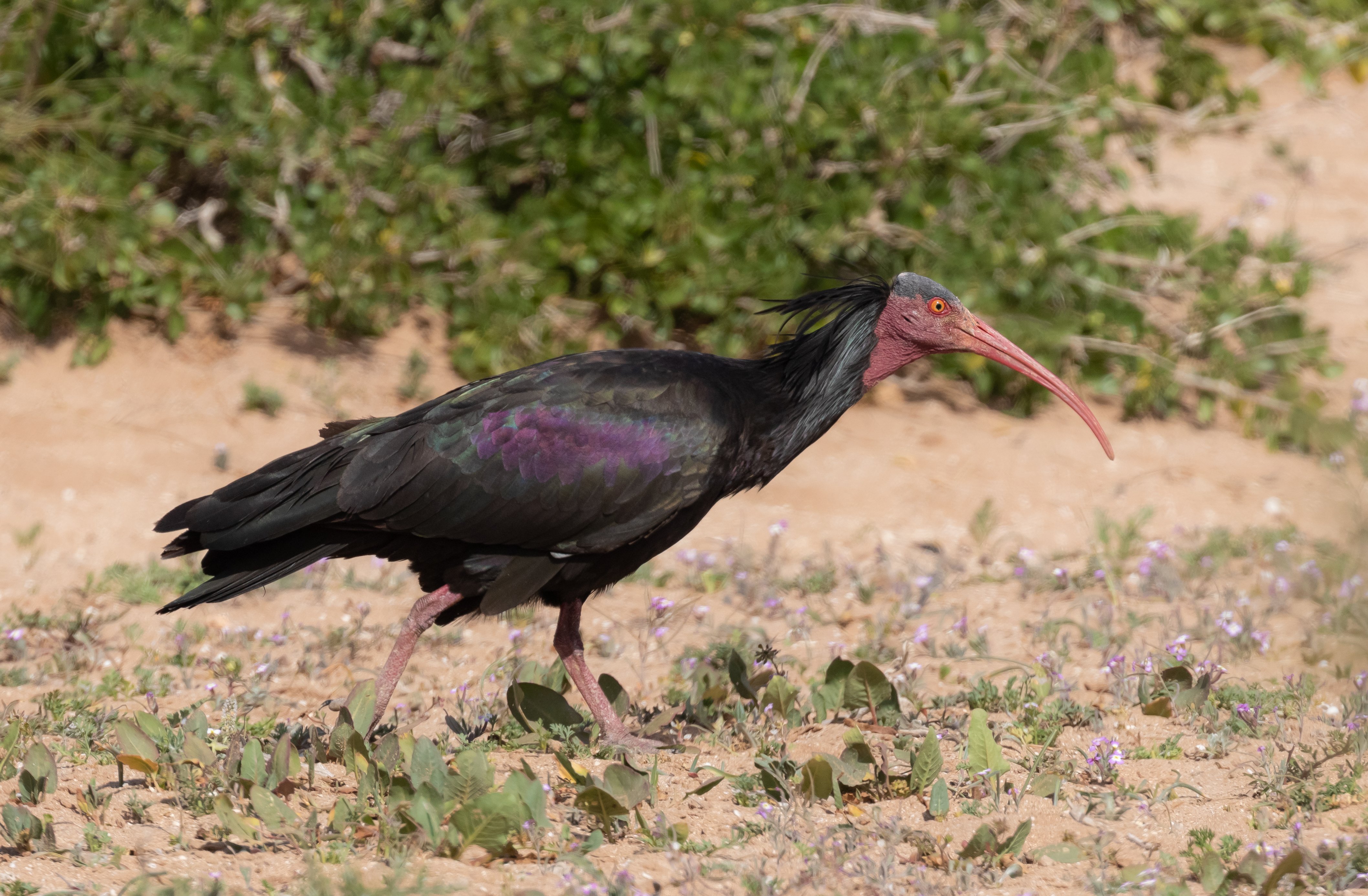
- Morocco Trip Report and Systematic List March 2023
Tour Gallery
View a gallery of images for this tour below, click on an image to view as full size with caption
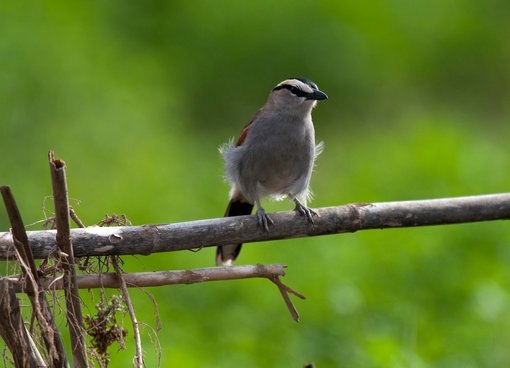
Ask About This Tour
If you have any questions about this tour, please enter your details here and we will get back to you as soon as possible.
Alternatively, contact us by email or phone. We look forward to hearing from you!
- 01692 580623
- [email protected]
Or complete the contact form and we will endeavour to get back to you as soon as possible.
* = required field
Quick Links
Company information, financial protection.

Tel: 01692 580623| International: +44 1692 580623 [email protected] Follow us on FACEBOOK Follow us on Instagram
Website Design & Development by Accent Design © 2024, content © Birds and Wildlife Limited 2024
- Competitions
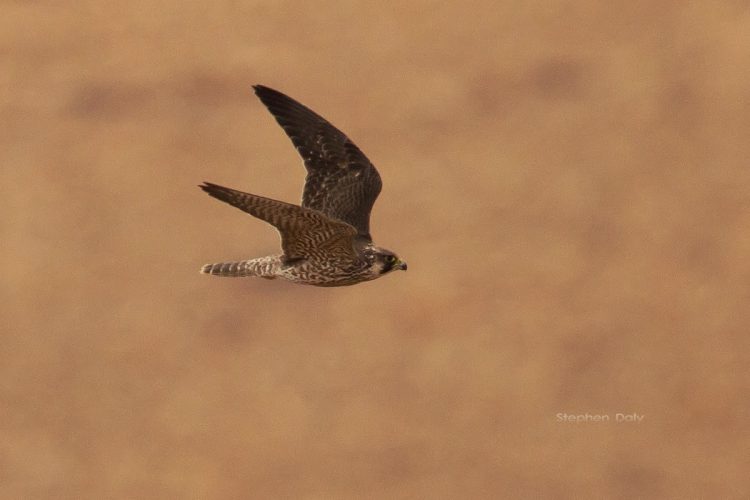
Fuerteventura Tour – Limosa Holidays
Fuerteventura, The Canary Islands 3rd – 9th November 4014.
Trip Report With Tour Leader: Stephen Daly Tour Participants: John Green, Cecile Gillard, Aland Mackereth and Jane Walker, Geoff Phillipson and John and Nadine Shearman
Tour Highlights: Several close encounters with the rare Houbara Bustards, good views of all the desert species, watching Barbary Falcon hunting, Cory’s Shearwaters off El Cotillo
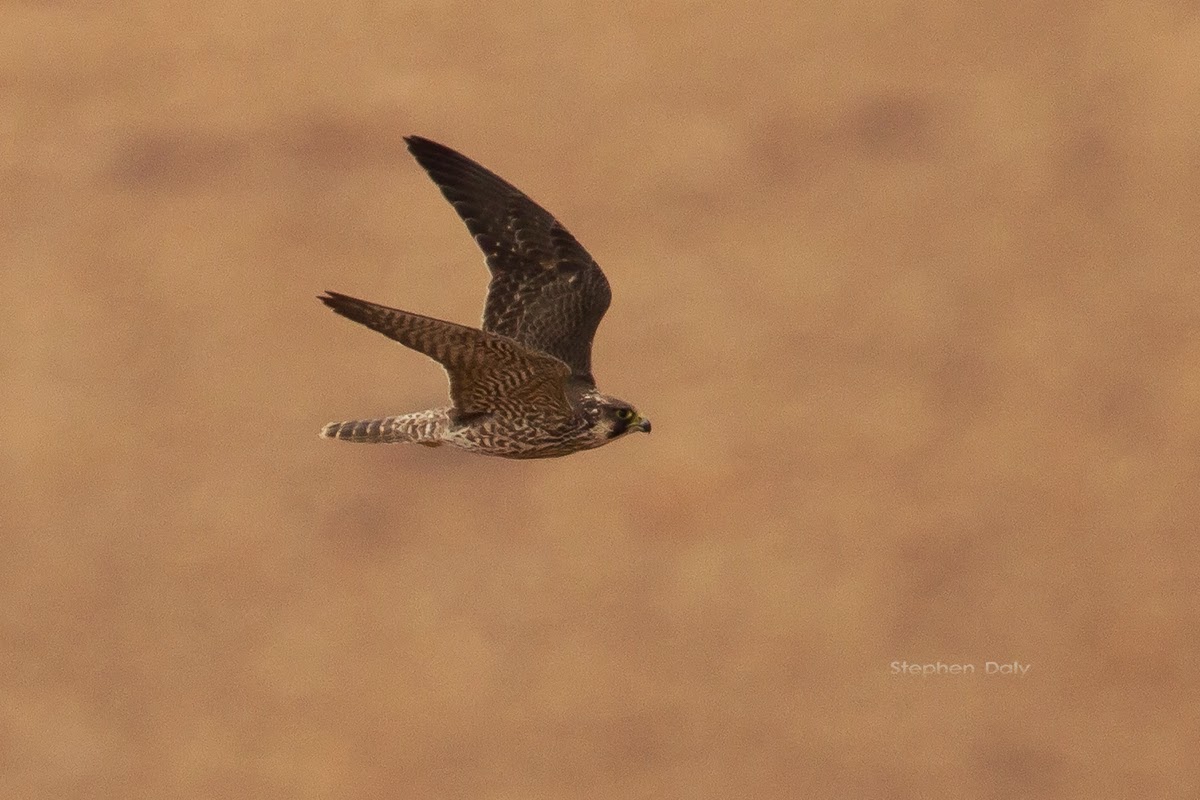
Day 1 – Monday 3rd November 2014
The sun was setting quickly as Stephen met the group late in the afternoon at Fuerteventura airport. So without further ado we loaded the minibus and travelled north to our hotel at La Oliva which was going to be our base for the week.
After an excellent meal and lots of enthusiastic chat about our forthcoming plans for finding the rare bird species on the island we said goodnight and retired for the night. Stone Curlews called from a nearby hillside.
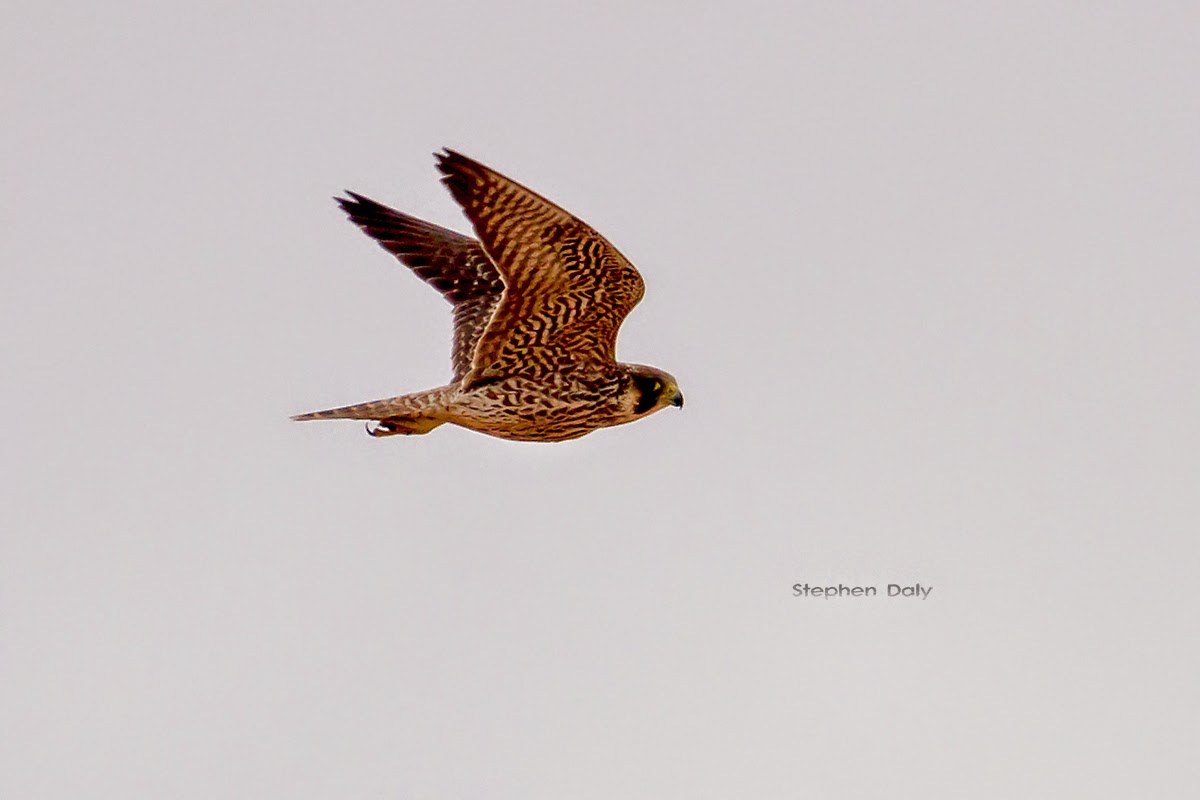
Day 2 – Tuesday 4th November 2014
The sun came up around 0730hrs and the warm temperature and blue skies peppered with some small clouds over the weathered volcanic landscape looked amazing. Already some of the group had spotted a Desert Shrike and Common Chiffchaff in the hotel gardens and a Black Redstart flitted around the rooftops. There were plenty of Spanish Sparrows close to the hotel and we had excellent views of this smart looking sparrow. Collared Doves were flying around the village and singing and Ravens were calling as some Lesser Black-backed Gulls and the larger Yellow-Legged Gulls flew past.
Breakfast was excellent and we left the hotel and travelled south towards Tindaya and the coast. Taking our time and scanning the rocky landscape we soon found a party of Cream-coloured Coursers feeding. These fascinating desert birds blend into the background colours of pink and creamy hues of the island’s rocky deserts and eroded volcanic slopes and are not so easy to spot. We enjoyed good views and then continued our birding.
Berthelot’s Pipits flew across the tracks as did one or two fast flying Trumpeter Finches but we were confident we’d get good views of these lovely birds later. There were some darters around and some managed a few photos for later identification of these small dragonflies.
A short while later a single Black-bellied Sandgrouse flew overhead and we watched more Ravens and a few distant Common Kestrels were seen. We checked out a small gulley or Barranco where there was some green vegetation and saw more Berthelot’s Pipits on the edge of a small freshwater pool.
Later we came across a small colony of Barbary Ground Squirrels on an old stone wall and watched their antics as they scuttled around trying to get good views of us!
Making our way along to El Cotillo we found Ruddy Turnstone and Great Cormorant before taking our tapas lunch overlooking the small harbour.
Leaving the town we took one of many of the coastal tracks searching the small agricultural plots and ruined buildings and walls. A few distant Hoopoes were seen and we had some excellent close up views of Berthelot’s Pipit only a few feet away.
Desert Shrikes were fairly common and we managed to get good views of this recently taxonomically split shrike.
At Los Molinos we found a group of around forty Black-bellied Sandgrouse feeding. Some flew off but a few small groups stayed and we were able to set up our scopes and enjoy the views of this special bird.
Close to the sandgrouse and quite close to the group were more Berthelot’s Pipits as well as Trumpeter Finches and Lesser Short-toed Larks. A few Ruddy Shelduck flew overhead and later at another site we found more shelduck on the ground.
At the reservoir we came across Greenshank, Common and Green Sandpiper, Black-winged Stilts and Little Ringed Plover. A pair of White Wagtails also fed on what was left of last year’s water on the dried out bottom of the reservoir. Two Common Buzzards sat on a nearby slope as we drove back to the main road. Close to La Oliva we saw some very pure Rock Doves and a small flock of Common Linnets.
To end the day we had excellent views of the lightly ochre coloured form of Fuerteventura’s Common Buzzard that flew overhead and responded to whistling and obligingly came in to have a good look at us!
Back at the hotel Mack and Jane saw our first Fuerteventura Chat in the gardens.
Our evening meal was delicious and later we retired for a good nights sleep.
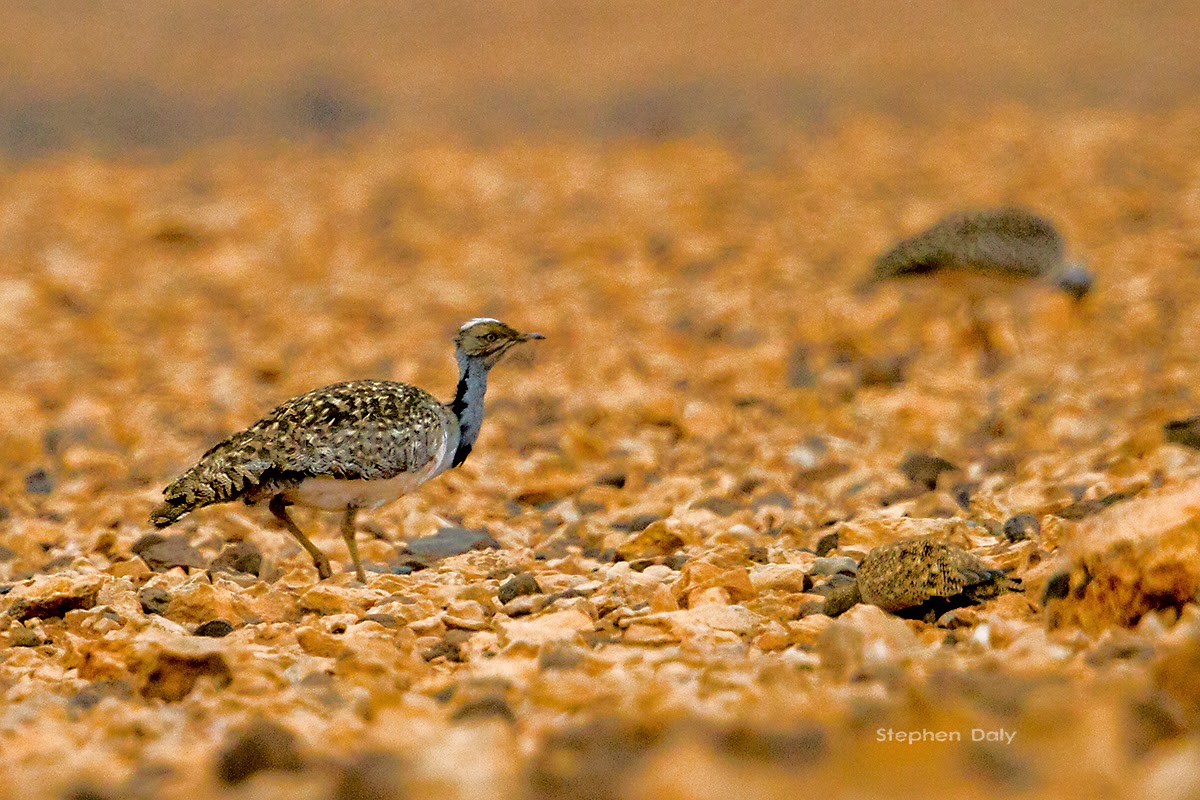
Day 3 – Wednesday 5th November 2014
During the night a cold storm front was racing down the Atlantic from the Arctic bringing severe weather to Europe and right down to the West African coast and the Canaries. This was the first time the north of Fuerteventura had had any rain since March and we knew how important water was to this parched island. At breakfast we saw that there were large puddles around the paths but staff at the hotel commented that there needed to be a considerable amount of rain to fall to make any impression on the landscape and usually the first rains were immediately absorbed on contact or ran off into gullies and gorges that scar the landscape.
Hoping that there might be some water run-off in the small lake at Catalina Garcia and subsequent bird and other wildlife, we drove south only to find that the south of the island was still bone dry and no water had fallen.
We drove north east to look for some of the islands special birds and soon we found two adult Egyptian Vultures sitting on electric cables, hunkered down facing into the wind. Fuerteventura is the only place that it seems such birds do this, preferring rather to find a rock face or tree or perhaps a pylon, but not on the cables themselves. Lack of trees on the island and craggy rock faces are limited so this natural adaptation in using any convenient lookout post is taken.
The birds stayed a while allowing us better scoped views and soon departed and landed on the ground. Our activity had made them curious and we watched another four birds come in. It wasn’t until we checked out a site where local goat farmers threw carcasses of their dead goats in the base of a shallow quarry that the vultures came over to look at what we were up to. This was excellent as far as we were concerned and all of us had good fly-pasts with six birds in the air including a first year bird and a sub adult.
Ravens were then seen at close quarters and three or four Common Buzzards were seen and also heard calling.
Stopping at a small irrigation pond we found a Desert Shrike with a freshly caught gecko and two Ruddy Shelduck on the bank of the earthen scrape. Moorhens, Black-winged Stilt, Common Sandpiper and Black Redstart were present and Spanish Sparrows were abundant.
Later we took a tapas lunch on the coast then headed back north through the centre of the island towards Tindaya.
Another slow and patient drive down toward the coast from the town was needed to look for the special birds of the island. We stopped often and set up our telescopes then continued again scanning with our binoculars. We managed to see many Berthelot’s Pipits in amongst the stone strewn flat plains and there were Trumpeter Finch and two overflights of Spectacled Warbler over the edge of the roadside scrub but our elusive Houbara Bustard was proving tricky to find.
In the end our patience was rewarded when we came across a Houbara right at the edge of the road. The bird had been sheltering behind a small scrubby bush literally three meters from the vehicle and obligingly stood up and walked away from us…. Success!
We watched the Houbara for some time following her with the scopes for some time as she continued walking away almost blending into the background with her amazing cryptic plumage.
Moving down to the coast we parked up and walked along the very dramatic black basalt cliff where Lesser Black-backed Gulls wheeled with Yellow-legged along the coast. Common Kestrel was around but we didn’t find any patrolling or perched Barbary Falcon that afternoon.
On the way back to Tindaya, one bonus was watching two Cream-coloured Coursers seen close by the track, walking quickly across the landscape.
Back at the Hotel the Fuerteventura Chat was on duty and the Black Redstart was ‘clicking and bobbing’ on the gables.
Another delicious and very generous meal was taken at the hotel and we retired as the wind dropped and we had a calm night with no rustling leaves.
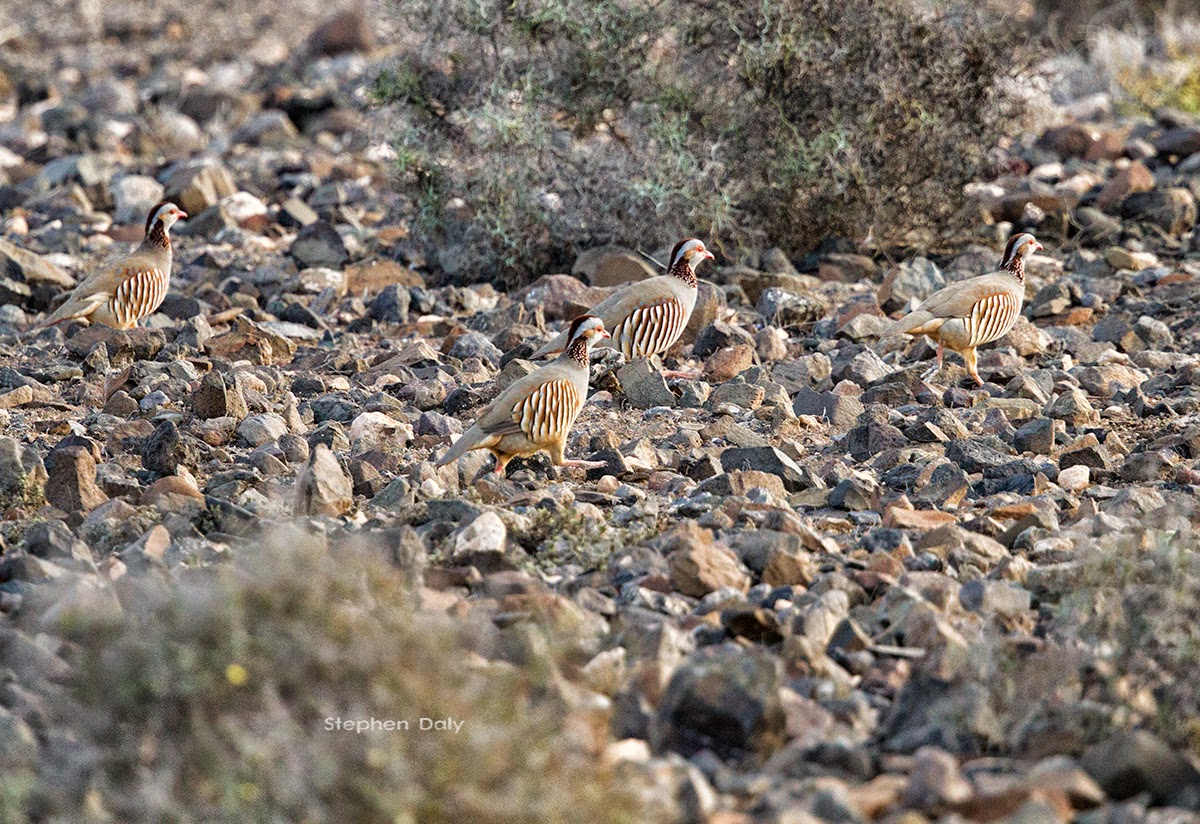
Day 4 – Thursday 6th November 2014
Some early birders in the group had found the islands chat in the gardens before breakfast as well as Desert Shrike and the other local birds. Stone Curlews had been heard calling at dawn from a nearby hillside.
The weather was warm and sunny and the wind was light. A great day for birding!
After breakfast John and Nadine were watching a Grey Heron as we were getting into the minibus. Driving over to the west coast we watched a flock of eleven Barbary Partridge in flight and quickly managed to turn off the road into a flat field to look for them. They had landed out of sight behind some earthen walls on agricultural land and couldn’t be that far away. We quickly spotted the birds walking quickly away from our elevated position and all of us had very good views of this often difficult to find bird.
We stopped at Betancuria and explored the barranco or gorge that runs through the town. This former capital of the island has the best soil on the island and also has more rainfall than most other areas in Fuerteventura.
A Hoopoe was seen in flight and perched and a Desert Shrike called from a tall aloe flower stem. Several Monarch butterflies were watched as were Red Admiral, Common Blue and Geranium Bronze, with Painted Lady butterflies in profusion. A Lesser Emperor Dragonfly was also seen as were several Canary Island Lizards.
The Fuerteventura Blue Tit was seen, which with the Barbary Partridge was another new bird for the trip and ‘lifers’ for many on the trip. Ravens were calling and displaying overhead and Common Kestrels and Common Buzzards patrolled overhead.
We took a coffee in the town then walked further down the gorge finding another Hoopoe which very obligingly let many take close photos. Several Common Blackbirds were seen and a male Spectacled Warbler came in very close and gave everyone excellent views of this lovely Sylvia warbler. Better views of the Fuerteventura Blue Tit were had a short while later as Blackcap, several Sardinian Warblers and Canary Islands Chiffchaff were also watched.
After our tapas lunch we stopped at one of the several observation points high on the road to the south of Betancuria. Apart from stunning views from on high there were lots of very tame Barbary Ground Squirrels coming in to be fed by the tourists. A couple of lower pools of water could be seen from the parking area and Common Linnets, Trumpeter Finches, Spanish Sparrows, Berthelot’s Pipit and Spanish Sparrows were coming in to drink. Another Grey Heron was seen flying across the main road in the town.
Later in the afternoon we searched the Tefia area and found hundreds of Painted Lady butterflies sheltering from the wind and feeding at a small plantation of Tamarisk bushes. We scanned the flat fields nearby and found several small groups of Black-bellied Sandgrouse close to the track that allowed us good views as they fed close to a large goat herd. As we continued on the track we found White Wagtails and Trumpeter Finches feeding at a farm building and a flock of over eighty Ruddy Shelduck were also seen on the stony open field. Several groups of this pretty duck took to the air and flew towards us and as we scanned some of the birds on the ground we saw three Houbara Bustards walking across the landscape, two males and a female. The bustards walked towards us and we quietly set up our telescopes to watch them feeding with the shelduck.
Once back at La Oliva we found a pair of Fuerteventura Chats that happily posed for the group and some took some very good photos.
This had been another good day out in the field and a few in the group had caught up with some birds that they had never seen before.
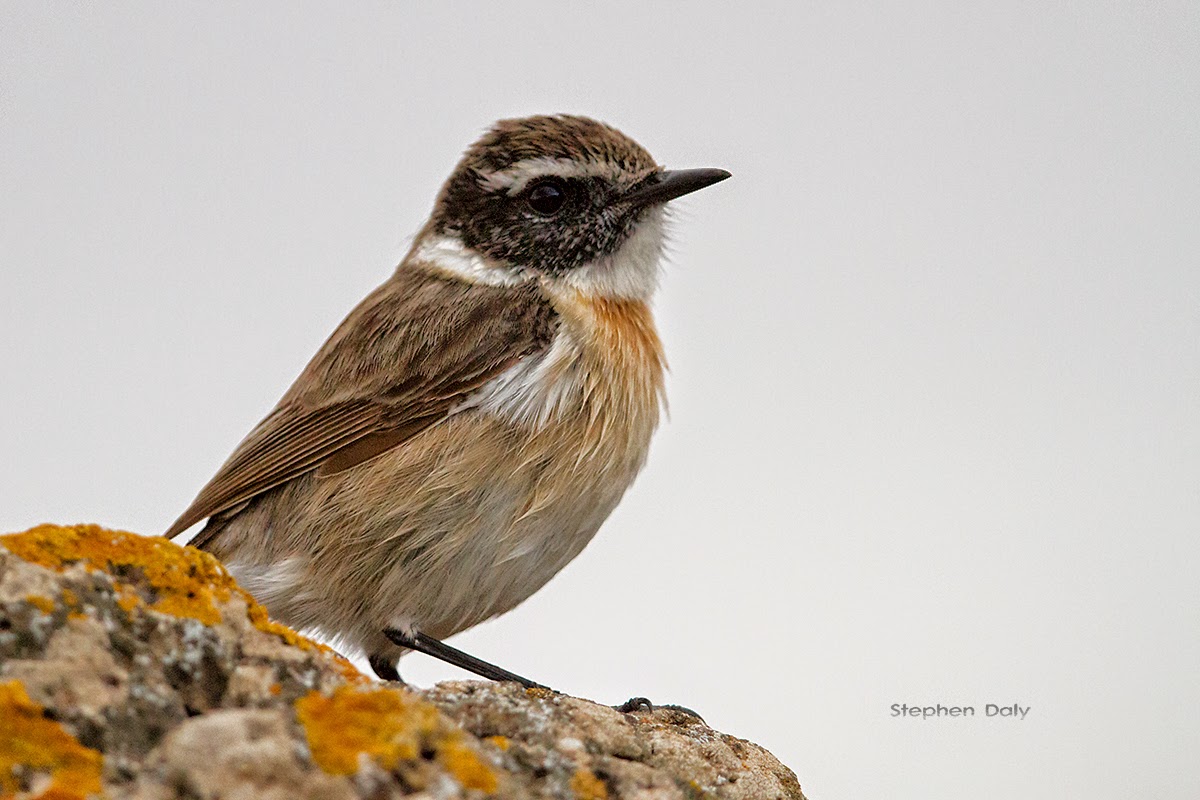
Day 5 – Friday 7th November 2014
Before breakfast Mack and Geoff had been watching Chiffchaff, Black Redstart and Fuerteventura Stonechat was seen around the hotel and Cecile had hear the Stone Curlews calling earlier on just before dawn.
Later we took a tour of the upper part of the town and after watching Spectacled Warbler found a single Laughing Dove sitting on a tall post.
A slow drive around the stony open plain around Tindaya revealed a few mixed flocks of Lesser Short-toed Larks and Common Linnets and we had close views of a male Fuerteventura Chat perched close to the cliffs on the coast. Here we took another cliff walk following the dramatic edge of the western side of the island towards El Cotillo looking again for Barbary Falcon but alas didn’t see it.
We walked back to the parked minibus then drove along other tracks through one of the barrancos to El Cotillo and took a tapas lunch and drinks in the shade. Outside the restaurant we had a clear view of the Atlantic Ocean and Mack spotted a group of Cory’s Shearwaters following a small fishing boat heading back to Corralejo. Just then a lady from the town’s tourist board told us that there had been quite a few young shearwaters landing in the town’s streets during the night, apparently attracted by the lights. A national Spanish TV crew had been reporting this incident and locals and the environmental agency has been checking the birds condition, returning them to sea.
Spurred on by the birds close presence out on the water we negotiated a price for a pelagic trip for a few hours from a local fisherman in his fishing boat and off we went to look at sea birds, particularly shearwaters. Leaving the small harbour at El Cotillo we said goodbye to the numerous Ruddy Turnstones, Rock Doves and Lesser Black-backed Gulls and headed out to the deep blue Atlantic Ocean. After fifteen minutes we spotted one or two distant Cory’s in flight and headed in their general direction. We then saw small groups of Cory’s swimming on the sea. Motoring slowly back and forth, Juan our new fisherman friend and his two lookouts found lots of birds for us to see and photograph. A very large Loggerhead Turtle was spotted by the crew and was briefly seen before it dived and was lost from view. The boat trip was an excellent experience and one that will be remembered by all who took part for a long time to come.
We had dinner back at the hotel and slept well after all that sea air!
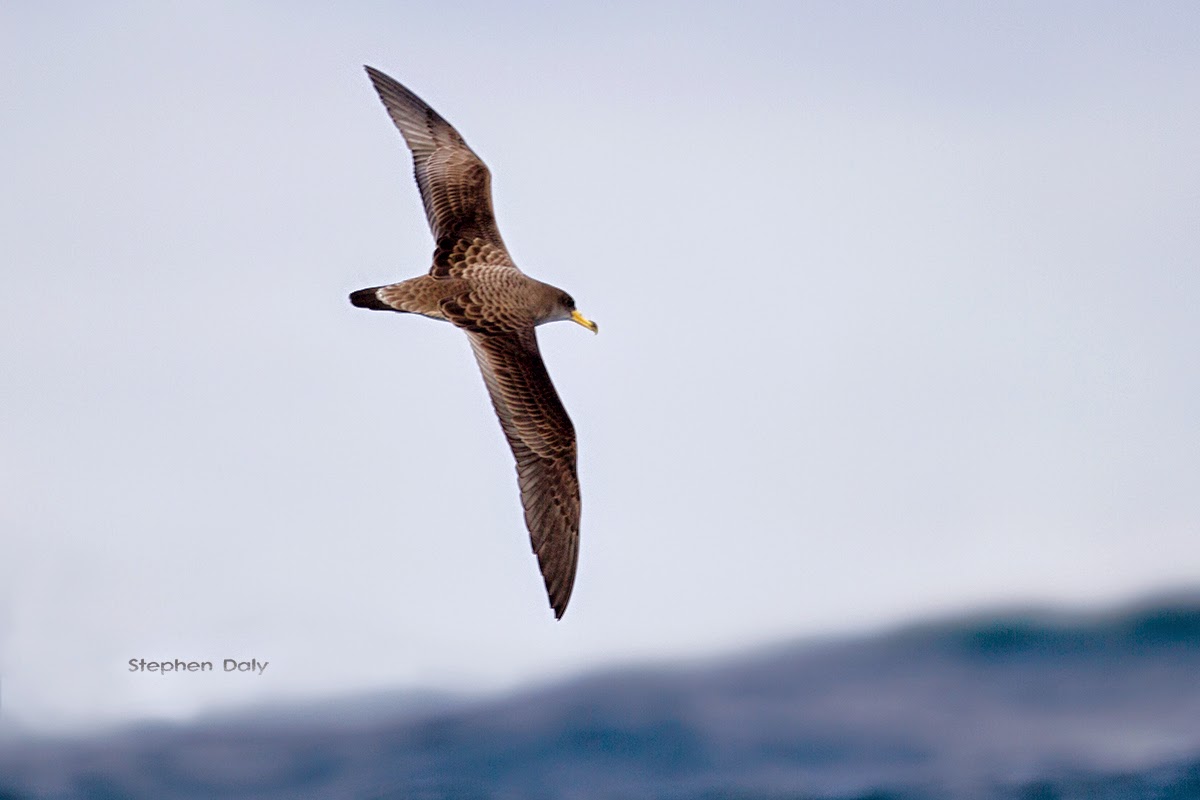
Day 6 – Saturday 8th November 2014
Another warm sunny day greeted us as we drove from La Oliva down the coast to Caleta de Fustes. At the rocky shoreline and small beaches we scanned through the rocks and crevices finding Little Egret and a single first year Slender-billed Gull. Sanderlings and Whimbrel were also new birds and later at La Torre we watched Sandwich Terns fishing for whitebait just off the shore. Common Kestrel, Desert Grey Shrike and Trumpeter finches were seen in the nearby Barranco de La Torre but there were no Egyptian Vultures at the well known nest site.
We travelled inland looking for Egyptian Vultures going over some of the ground where we’d seen the birds earlier in the week but there were none showing.
Stopping off at Agua de Bueys we took an early lunch at a rural bar and drove back up the island towards the north and taking the road to Tefia and down some small tracks leading to a goat farm. Here we slowly approached small flocks of scattered Black-bellied Sandgrouse, managing to get some fairly close shots of birds feeding. Diving around the farm buildings we found Trumpeter Finches under the gables and a singing Desert Grey Shrike close by. Ruddy Shelduck, Berthelot’s Pipits, Lesser Short-toed Larks, Trumpeter Finches and a single Grey Heron were scattered across the landscape with lots more Black-bellied Sandgrouse and just as we were enjoying these birds a Barbary Falcon came in fast chasing a fleeing Rock Dove. The chase went on for a few minutes with the falcon completing a full circle around our group and allowed us to get great views as it passed through the bright sky then in front of a nearby hillside which was perfect light showing us that it was a first year bird, typically brown in colour. The Rock Dove made good its escape and the Barbary Falcon slowly gained height over the hillside then was eventually lost from view. The sight of the falcon chasing the dove had also caused confusion, putting around one hundred ‘honking’ and very nervous Ruddy Shelduck into the air.
After searching for this elusive raptor at various locations during the week our efforts had finally paid off. This was one species on what is essentially a small but rare list of birds that’s on the island that all wanted very much to see and the sight of this special episode of a young bird still learning how to hunt effectively, I’m sure will stay with us.
Our last destination was further up the coast to Los Molinos where a very impressive three-masted tall ship was under full sail heading south down the coast. At the barranco at Los Molinos there was quite a lot of water and this was probably the only one with any water to speak of at this time of year. Another Little Egret was fishing but apart from the villages collection of multi-coloured Muskovy Ducks there wasn’t much else of note.
We took our last evening meal after completing our bird lists and talking about the week’s tour and the highlights and special moments on the trip.
Outside a flamenco guitarist played on the terrace and it was the perfect way to spend our last evening on the island.
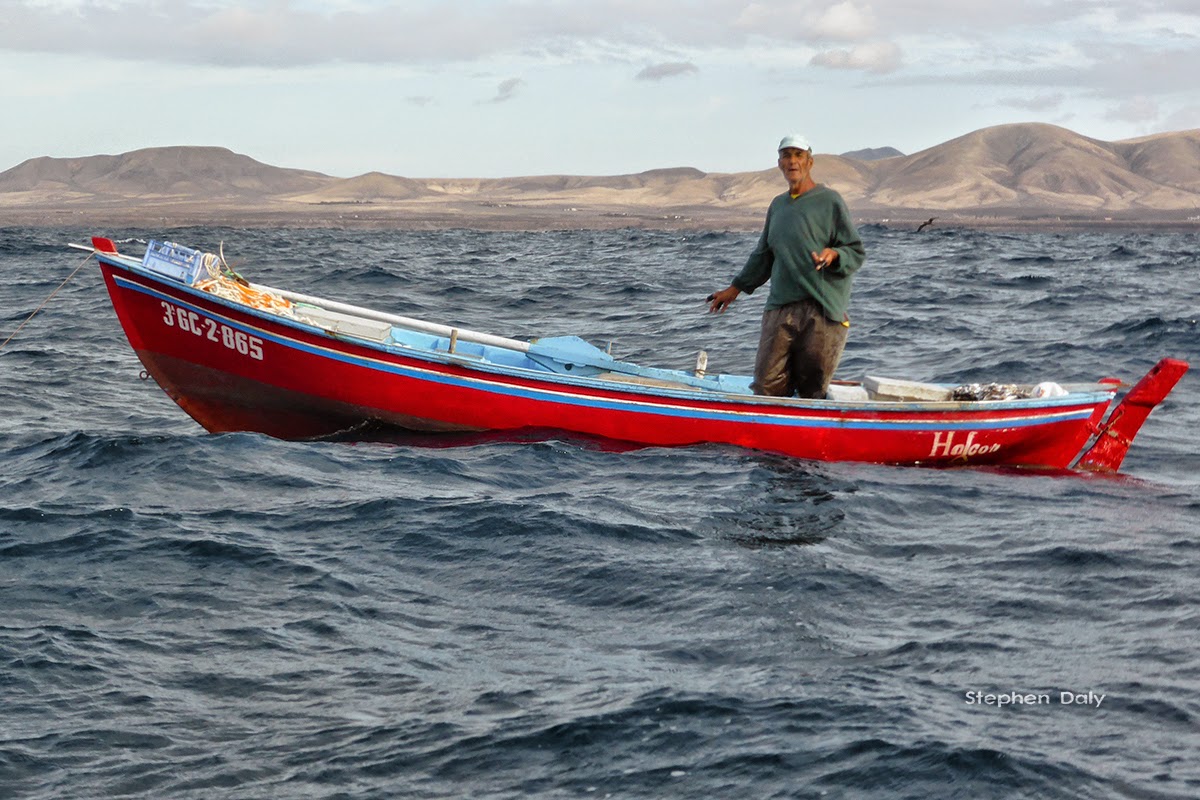
Day 7 – Sunday 9th November 2014
After breakfast we said our farewells to the very attentive hotel staff and loaded the minibus to head south to the islands airport, but there was time for one quick look at a site en route around Tefia.
Driving slowly towards a goat farm we approached a lone Houbara Bustard feeding on the stony ground with some Trumpeter Finches, Common Linnets and Berthelot’s Pipits. Black-bellied Sandgrouse and Ruddy Shelduck flew close to the site and Collared Doves and White Wagtails fed around the goat farm steading.
We arrived at Fuerteventura’s airport in good time, returned the minibus and our check-in and flights were trouble free.
Hopefully we’ll see some of those who took part on this years trip to the island on another Limosa tour and also hope that this diary report will entice others to join us on Fuerteventura for another birding and wildlife adventure. Thanks to all who participated and for your good company during the week.
Stephen Daly, November 2014
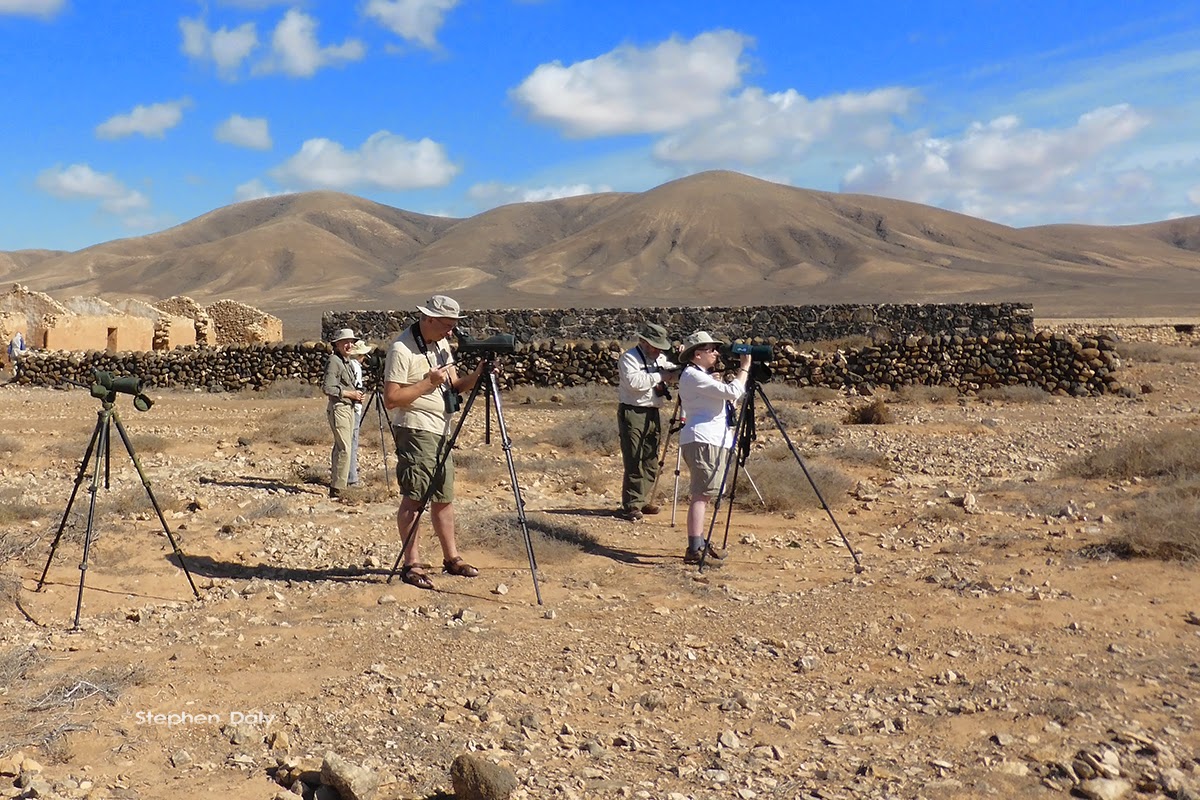
Species List
Barbary Partridge Alectoris Barbara ssp. KoenigiGreat views of a flock of eleven birds near Tindaya
Ruddy Shelduck Tadorna ferrugineaVery common seen most days
Cory’s Shearwater Calonectris diomedeaGreat views of over sixty birds off El Cotillo
Cattle Egret Bulbulcus ibis Two birds seen near the airport
Little Egret Egretta garzetaSeen twice
Grey Heron Ardea cunereaA few birds seen on the coast
Egyptian Vulture Neophron percuopterus ssp. MajorensisVery good views of six perched and flying birds
Common Buzzard Buteo buteo ssp. InsularumFairly common
Houbara Bustard Chlamyditis undulate ssp. FuerteventuraeGood views on three days
Common Kestrel Falco tinnunculus dacotiae canariensisFairly common
Barbary Falcon Falco peregrinoidesOne juvenile recorded
Common Moorhen Gallinula chloropusSeen on two days
Black-winged Stilt Himantopus himantopusSeen twice
Stone-curlew Burhinus oedicnemus ssp. InsularumHeard onlyWhimbrel Numenius phaeopus Seen at Costa de Fustes
Ruddy Turnstone Arenaria interpres Lots of birds around El Cotillo harbour
Green Sandpiper Tringa ochropusOnly one bird seen
Common Sandpiper Acticus hypoleucosSeen three times on tour
Common Greenshank Tringa nebulariaSeen once
Yellow-legged Gull Larus michaellisCommon and seen every day
Lesser Black-Backed Gull Larus fuscusVery common
Slender-billed Gull Chroicocephalus geneiA first year bird was seen at Costa de Fustes
Sandwich Tern Sterna sandvicensisA few birds seen fishing on the East coast
Black-bellied Sandgrouse Pterocles orientalisGood numbers seen feeding and in flight
Cream-coloured Courser Cursorius curso bannermaniSeen twice on tour with very good views
House Martin Delichon urbicumOne bird seen in flight
Rock Dove/Feral Pigeon Columba liviaA common sight with pure Rock Doves seen on west coast
Eurasian Collared Dove Streptopelia decaoctoCommon
Laughing Dove Streptopelia senegalensisGood views of one bird at La Oliva
Barn Owl Tyto alba Heard only
Eurasian Hoopoe Upupa epopsSeen on six days
White Wagtail Motacilla albaSeen most days
Lesser Short-toed Lark Calandrella rufescensFairly common seen most days with some large flocks
Black Redstart Wintering birds at our hotel and other sites
Fuerteventura Chat Saxicola dacotiaeSeen most days. Present in hotel gardens
Blackcap SylviaatricapillaOnly seen once at Betancuria
Sardinian Warbler Sylvia melanocephlaSeen only once
Spectacled Warbler Sylvia conspicillataFairly common and present near the hotel. Great views at Betancuria
Common Chiffchaff Phylloscpus collybitaA few seen each morning at the hotel and other sites
European Robin Erithacus rubeculaA few seen
Common Blackbird Turdus merulaSeen at Betancuria
Ring Ouzel Turdus torquatusThree in flight early morning near hotel and one at Betancuria
Desert Grey Shrike Lanius excubitor ssp. koenigiFairly abundant and confiding views had
Common Raven Corvus CoraxCommon
Spanish Sparrow Passer hispaniolensis Common and seen daily at our hotel
Berthelot’s Pipit Anthus berthelotiiCommon, watched also feeding with other species
Tree Pipit Anthus trivialis One bird seen feeding with Berthelot’s Pipits
African Blue Tit Parus teneriffae degener Present in towns and villages
Common Linnet Carduelis cannabina hartertiSeen most days
Trumpeter Finch Bucanetes githagineus amantumCommon
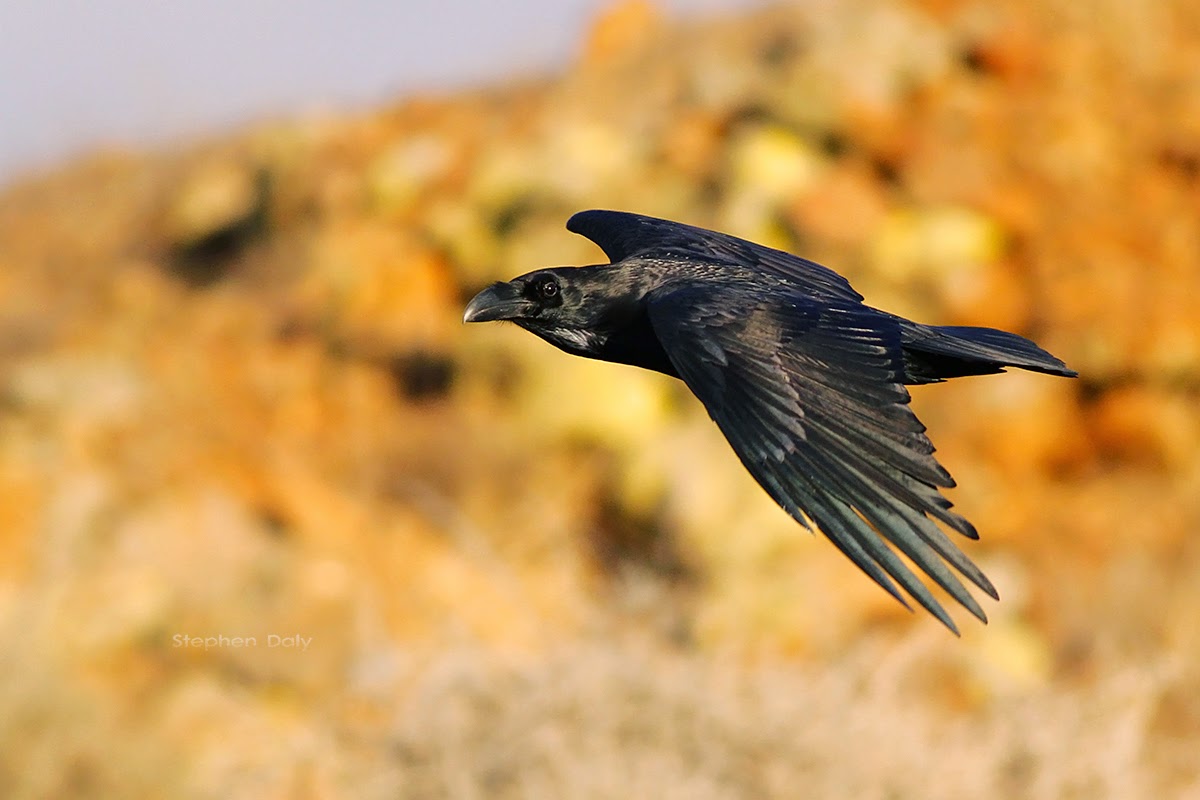
Algerian Hedgehog Atelerix algirus (Road-kill) Barbary Ground Squirrel Atlantoxerus getulus Brown Rat Rattus norvegicus (Road kill) Rabbit Oryctolagus cuniculus Pipistrelle Bat
Amphibians & Reptiles Loggerhead Turtle Carretta carretta Moorish Gecko Tarentola angustimentalis Atlantic Lizard Gallotia atlantica Tortoise species introduced to the island
Butterflies Bath White Pontia daplidice Green-striped White Euchloe belemia Greenish Black Tip Elphinstonia charlonia African Migrant Catopsilia florella Tortoiseshell Aglais urticae Clouded Yellow Colias crocea Monarch Danaus plexippus Painted Lady Vanessa cardui Red Admiral Vanessa atalanta Dragonflies Vagrant Emperor Dragonfly Anax ephippiger Blue Emperor Anax imperator Blue-tailed Damselfly Ischnura saharensis Scarlet Darter Crocothemis erythraea Red-veined Darter?
Other Taxa Crimson Speckled Moth Hummingbird Hawk-Moth Lacewing sp.

Stephen Daly
Stephen Daly, has been birding since he was eight years old in his native Scotland. After living in Germany and France he established Andalucian Guides the successful birding and wildlife tour company on The Strait of Gibraltar in Spain and has been living here since 2001. Photographing birds in flight is one passion and his photos can be found in many books, magazines and journals. Studying bird behaviour and bird migration are two other positive aspects of being based on one of the busiest migration routes on Earth.
- More Posts(81)
Discover hidden wildlife with our FREE newsletters
We promise we’ll never spam! Read our Privacy Policy for more info
You’ve been successfully subscribed to our newsletter!
Share this post with your friends
Leave a reply.
You may also like:
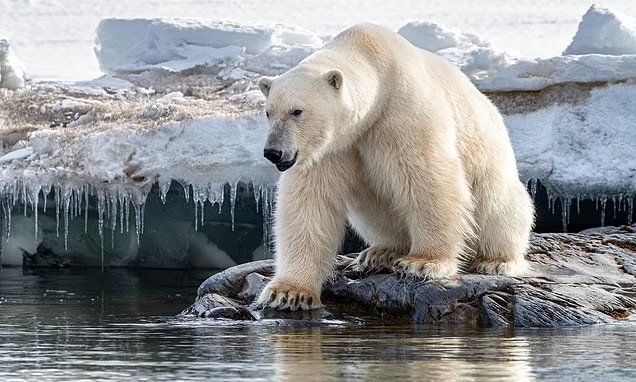
- Privacy Policy
- WordPress Hosting
- Exchange Links
- Want to Join Us
- Species Champions
- Promote Our Logos
- Upload an Image
- Members Galleries
- Photo Competition

12 Days Peninsula Malaysia Birding Tour
Date: 13th feb – 23rd feb 2023.
FLY TO KUALA LUMPUR
Our birdwatching tour to the Malay Peninsula begins with a non-stop British Airways flight from London Heathrow to Kuala Lumpur, where we arrive on the afternoon of day two.
Our local guide Lee will be waiting to welcome us and we make a short journey to our hotel at Shah Alam. Time permitting, those that wish might fancy a walk about the grounds to see their first Javan Mynas, Germain’s Swiftlets or Asian Koels. Night Shah Alam
Day 3 SHAH ALAM & KUALA SELANGOR
At the nearby gardens at Shah Alam and in the botanical gardens there we will have a gentle introduction to some of the bulbuls and munias, including White-headed Munia in the cultivated fields. Our ‘target bird’ here is the fine Hooded Pitta that winters in the gardens, and we might even find a Blue-winged Pitta if we are very lucky. In local parks we have a chance of the noble Barred Eagle Owl. After lunch we head for the coast at Kuala Selangor.
After checking in at our hotel and perhaps a brief siesta, we will visit nearby mudflats (if the tide is right) and paddies that attract waders, herons and terns – including Greater Crested Terns. Local rice fields host hundreds of egrets and swarms of swiftlets. For those with energy and enthusiasm to spare there will be the option of a short outing after dinner this evening in hopes of finding Buffy Fish Owl or Large-tailed Nightjar. Night Kuala Selangor
KUALA SELANGOR TO FRASER’S HILL
The heat and humidity builds rapidly on the Malaysian coast so we will want to make the most of the cool hours of the early morning for a return visit to Kuala Selangor. With its extensive mangroves and brackish swamps, this pleasant coastal wetland is home to a very different range of birds and mammals than we are likely to see elsewhere. Our first Pink-necked Green Pigeons, Coppersmith Barbets, Blue-tailed Bee-eaters and Asian Glossy Starlings await at the Kuala Selangor Nature Park – a splendid mangrove reserve at the mouth of the Selangor River. The large and imposing Buffy Fish Owl occurs in the area – but we will have to get there early!
Brahminy Kites and White-bellied Sea Eagles soar in the skies above the fishing village, where an excellent boardwalk leads out through the mangroves. From here we have chances of seeing several specialist mangrove feeders, including Chestnut-bellied Malkoha, the lovely Mangrove Blue Flycatcher and the more sombre Mangrove Whistler – along with the big Black-capped and Stork-billed Kingfishers, Common Flameback, Laced Woodpecker and Brown-throated Sunbird. Smooth-coated Otters and Long-tailed Macaques, as well as the much scarcer Silvered Leaf Monkey can sometimes be seen. If our visit coincides with low tide, there may be waders on the mud along with gesturing Fiddler Crabs and several kinds of mudskipper.
After a lovely lunch on the banks of the river, we begin the journey northeast and by late afternoon climb up into the Genting Highlands to arrive at one of Malaysia’s best-loved birding spots – Fraser’s Hill – at the start of a four-night stay. Night Fraser’s Hill
FRASER’S HILL
Fraser’s Hill is a former colonial hill station, established by the British to escape the stifling heat of Malaysia’s coastal lowlands. Set amidst the Peninsula’s cooler montane forest and with magnificent views into the surrounding hills, it’s a delightful location in which to seek out a wealth of bird species restricted to Malaysia’s central highlands.
Lured into the forest by the ‘Siren songs’ of Siamangs and White-handed Gibbons, the range of species to be found here is indeed impressive! We will bird at a leisurely pace along roadsides and forest trails at elevations between ca. 820 and 1320 metres. Especially at the higher levels, birds tend to remain active throughout the day and our time will be filled with such treats as Dark Hawk-cuckoo, Collared Owlet, Fire-tufted and Black-browed Barbets, Greater Yellownape, Long-tailed Broadbill, Black-and-crimson Oriole, Common Green Magpie, Golden Babbler, Chestnut-capped and endemic Malayan Laughingthrushes, Silver-eared Mesia, Blyth’s and Black-eared Shrike-babblers, Chestnut-crowned and Yellow-bellied Warblers, Little Pied and Rufous-browed Flycatchers, and the energetic Streaked Spiderhunter… With luck, and an early start, we might also come across Malayan Whistling Thrush, a scarce and retiring endemic.
From the extensive network of forest trails we have chances of finding the elusive Malaysian Hill Partridge, Rusty-naped Pitta, Yellow-vented Pigeon and Blue Nuthatch. All forest birding requires a combination of skill, patience and luck, but with Lee’s local expertise and amazing hearing our chances of success are greatly increased. One evening we will head out hoping to see Brown Wood Owl, Grey Nightjar and perhaps a Mountain Scops Owl calling – though actually getting to see one is rather more of a challenge! Nights Fraser’s Hill
FRASER’S HILL TO TAMAN NEGARA
Leaving Fraser’s Hill, we descend through undisturbed forest towards our destination this evening: magnificent Taman Negara National Park, the largest remaining tract of undisturbed forest in Southeast Asia. We head first towards the Krau Forest Reserve and nearby wetlands. The sedge-fringed lakes may hold Yellow Bittern, and the surrounding trees offer the huge-billed Golden-whiskered Barbet and Oriental Pied Hornbill. In the forest we have our first chance of Garnet and Malayan Banded Pittas, plus many bulbuls and Whiskered Treeswifts.
We’ll aim to arrive at Kuala Tahan, headquarters of the Taman Negara National Park, late in the afternoon and in good time to settle into our comfortable air-conditioned chalets at Taman Negara Mutiara Resort, which will be our base for the next four nights. This is one of the best places to hear the loud and beautiful song of the Straw-headed Bulbul, a now rare riverine species threatened by the cage-bird trade.
Each day we will set off to explore the excellent system of forest trails close to our lodgings, or take short boat rides out along the Sungei Tahan. If we locate a fruiting tree, we’ll find this welcome but short-lived food supply draws innumerable frugivores such as pigeons, hornbills, barbets and bulbuls. While many of the park’s birds and mammals can be difficult to observe in the depths of the forest, our extended stay at Taman Negara allows us ample time to try for them. Whatever we see, birding here is always exciting and over the coming days we are in for a real treat! Night Taman Negara
TAMAN NEGARA NATIONAL PARK
Walking within Taman Negara’s immense, timeless forests is a humbling experience. Largely unchanged for millions of years, the forest giants – towering up to fifty metres above our heads – dominate this environment. Birds are everywhere in the forest, but often occurring at surprisingly low densities or roving in mixed feeding flocks – so we may go some time before actually seeing one!
As we gradually become accustomed to birding within the forest however we will start to realise that there is always something to watch – from the endless processions of termites to a plethora of beautiful butterflies. We should also come across a fascinating range of mammals, among them perhaps Dusky Leaf Monkey, Greater Treeshrew and the beautiful Prevost’s Squirrel. Taman Negara is home to many of Malaysia’s larger mammals too, but the likes of Asian Elephant, Tiger and Malayan Tapir are retiring and only rarely observed.
Despite the many distractions, birds will always be uppermost in our minds. Lesser Fish Eagle, Black-thighed Falconet, Thick-billed Green Pigeon, Mountain Imperial Pigeon, the amusing Blue-crowned Hanging Parrot, Plaintive Cuckoo, Square-tailed Drongo-cuckoo, Raffles’s, Black-bellied and Red-billed Malkohas, the outsize Malaysian Eared Nightjar, Silver-rumped Spinetail, Brown-backed Needletail and the lovely Blue-banded Kingfisher are among many we could see. As emerald Red-throated and Gold-whiskered Barbets ‘chok’ monotonously away from the lofty forest canopy, there are also more than fifteen different woodpeckers to watch for – including the huge Great Slaty and White-bellied, Crimson-winged and the amazing Orange-backed. Then there are all those fabulous broadbills to enjoy: Black-and-yellow, Black-and-red, Banded and Green, while Crested Serpent Eagles soar above the trees.
Spectacular pheasants are well represented at Taman Negara. Daily, we will hear the loud resonant calls of Great Argus. Yet despite this bird’s enormous size, actually seeing one is remarkably difficult! Exquisite Crested Firebacks are usually a little easier, with small parties emerging to feed on the trails in the early mornings. Trogons invariably feature high on everyone’s list of personal favourites, a sudden burst of vivid colour bringing the middle storey to life and betraying the presence of Scarlet-rumped, Cinnamon-rumped, Diard’s and Red-naped. Above them, parties of hornbills crash through the upper branches in search of fruiting figs; Black, Rhinoceros, Helmeted and White-crowned Hornbills are among eight species present at Taman Negara.
Down on the shady forest floor, but like the pheasants always difficult to see, handsome Giant, Garnet and Banded Pittas are among several of these jewel-like terrestrial species to watch for during our stay. Dressed in more subtle shades, Taman Negara’s babblers include Abbott’s and Chestnut-winged, Fluffy-backed Tit-babbler and Large Wren-babbler… And we haven’t even started on the plethora of sunbirds, bulbuls and other small birds that await us! While an evening’s owling adds the prospect of Brown Hawk Owl, plus Gould’s and Blyth’s Frogmouths. Three nights Taman Negara
KUALA LUMPUR, FLY LONDON
We’ll enjoy a final morning of birding followed by lunch at Taman Negara before leaving this wonderful National Park and travelling back to Kuala Lumpur.
After an evening meal at a superb local restaurant, we return to the airport, say farewell to our local guide and board our British Airways late evening flight home.
ARRIVAL LONDON
Morning arrival in London, where our birding tour to the Malay Peninsula concludes.
Select your language
- Order: Charadriiformes
- Family: Scolopacidae
Limosa is a genus of bird in the family Scolopacidae belonging to the order Charadriiformes. The genus is commonly known as the gotwit comprising large, long-billed, long-legged and strongly migratory waders of the bird. The godwits can be distinguished from the curlews by their straight or slightly upturned bills, and from the dowitchers by their longer legs. The genus name Limosa is from Latin and means "muddy", from limus, "mud". The English name "godwit" is believed to imitate the bird's call.
1/ Black-tailed godwit (Choắt mỏ thẳng đuôi đen, Limosa limosa) 2/ Bar-tailed godwit (Choắt mỏ thẳng đuôi vằn, Limosa lapponica) The specific name lapponica refers to Lapland.
- Scolopacidae
Related Links
- Black-tailed Godwit
- Bar-tailed Godwit
- Terek Sandpiper
- Common Sandpiper
- Grey-tailed Tattler
- Ruddy Turnstone
- Long-billed Dowitcher
- Little Stint
- Red-necked Stint
- Long-toed Stint
- Sharp-tailed Sandpiper
- Curlew Sandpiper
- Broad-billed Sandpiper
- Red-necked Phalarope
- Limnodromus
- Lymnocryptes
- Monarchidae
- Rhipiduridae
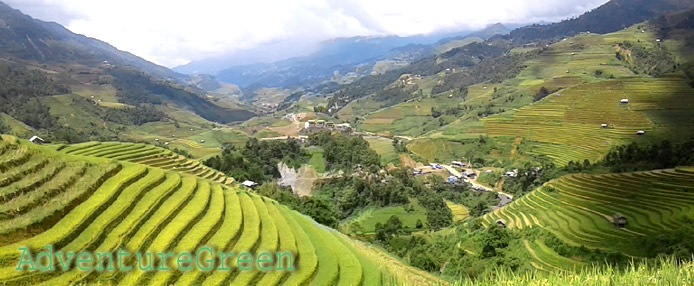
Vietnam Adventure Travel
- Ba Ria - Vung Tau
- Buon Ma Thuot
- Cat Ba Island
- Chu Mom Ray National Park
- Con Dao Islands
- Dien Bien Phu
- Electricity, Plugs, Sockets, Electrical Appliances in Vietnam
- February Weather is Great for Adventure Tours in Vietnam
- Ho Chi Minh City
- Is January Weather Good for Adventure Holidays in Vietnam
- Kim Hy Nature Reserve, Bac Kan Travel Guide
- Kon Chu Rang Nature Reserve
- Kon Ka Kinh National Park
- Ky Quan San (Bach Moc Luong Tu) Mountain
- Lao Than Mountain
- Lung Cung Mountain
- March Weather & Adventure Travel in Vietnam
- Medical Declaration Form Vietnam
- Mu Cang Chai
- Mui Ne Phan Thiet
- Ngu Chi Son Mountain
- Nhiu Co San Mountain
- Phu Quoc Island
- Pu Ta Leng Mountain
- Public Holidays in Vietnam 2024
- Ta Chi Nhu (Phu Song Sung) Mountain
- Ta Lien Son Mountain
- Ta Xua Mountain
- Tam Giang - Cau Hai Nature Reserve
- Thai Nguyen
- Things to do in Vietnam
- Thua Thien - Hue
- Tuyen Quang
- Vietnam April Weather, Where to go
- Vietnam Weather in August, Best Places to Visit
- Vietnam Weather in December
- Vietnam Weather in July, Best Places to Visit
- Vietnam Weather in June, Best Places to Visit
- Vietnam Weather in May, Best Places to Visit
- Vietnam Weather in November
- Vietnam Weather in October, Adventure Travel
- Vietnam Weather in September, Best Places to Visit
- Vu Quang National Park
- Weather & Climate: The best time to visit Vietnam
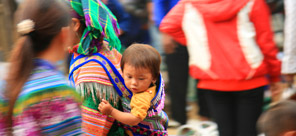
- Adventure Tour Vietnam by Train from Hanoi to Saigon - 14 days
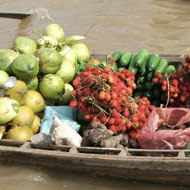
Vinh Long Homestay Tour - 2 Days
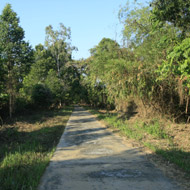
Cat Tien National Park Tours - 3 Days

Can Tho Homestay Tour - 3 Days
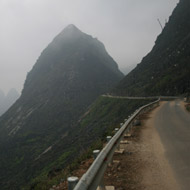
- Ha Giang Mountain Biking Tour - 8 Days
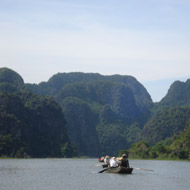
Ninh Binh and Cuc Phuong National Park Tours - 3 Days
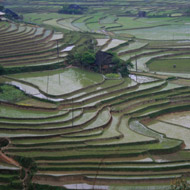
North West of Vietnam Tour: less traveled route 5 Days
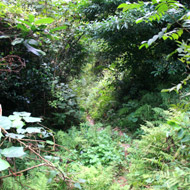
Cao Bang Trekking Tour - 6 Days
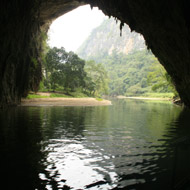
Trekking Tour in Ba Be National Park - 3 Days

Mekong Delta Adventure Tour - 9 Days
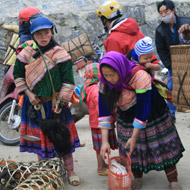
Bac Ha Trekking Holiday - 6 Days
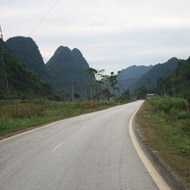
Adventure Holiday in North Eastern Vietnam - 4 Days
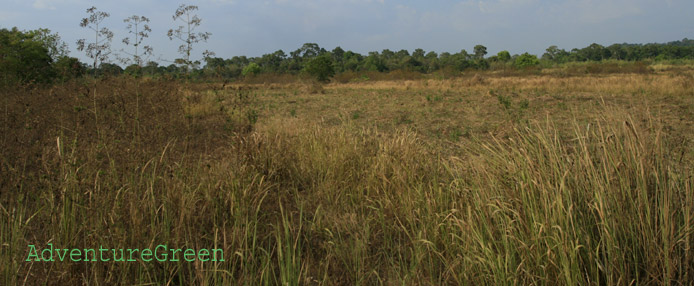
Birding Tours Vietnam
- Bird Watching Tour at Bach Ma National Park - 3 Days
- Bird Tour at Cat Tien National Park - 3 Days
- Birding Tour at Xuan Thuy National Park 2 Days
- Bird Watching Tour at Cuc Phuong National Park 3 Days
- Vietnam Birding Tour 15 Days

Vietnam Wildlife Tours
- Wildlife Tour at Cuc Phuong National Park & Van Long Wetland - 3 Days

Trekking Holidays Vietnam
- Trekking & Jungle Camping Tour at Cuc Phuong National Park - 02 Days
- Hiking & Camping Tour at Cuc Phuong National Park - 02 Days
- Trekking Tour Cao Bang Less Seen Beauties - 5 Days
- Trekking Tour Nhiu Co San Mountain – 4 Days
- Trekking Tour Mount Lung Cung – 4 Days
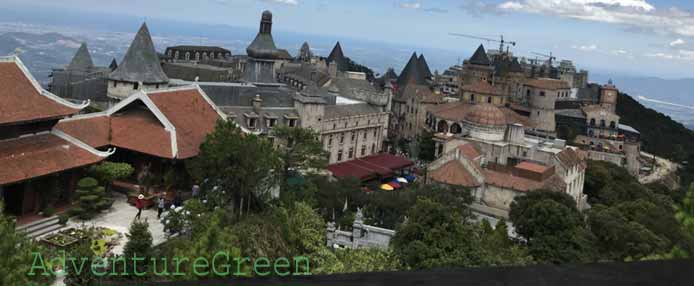
Vietnam Adventure Tours
- Tour to Lang Son and Bac Son – 2 Days
- Family Tour Ben Tre and Can Tho - 2 Days
- Family Tour of Pleiku and Kon Tum – 3 Days
- Family Tour of Buon Ma Thuot – 2 Days
- Tour The Best of Hoi An and Da Nang – 4 Days
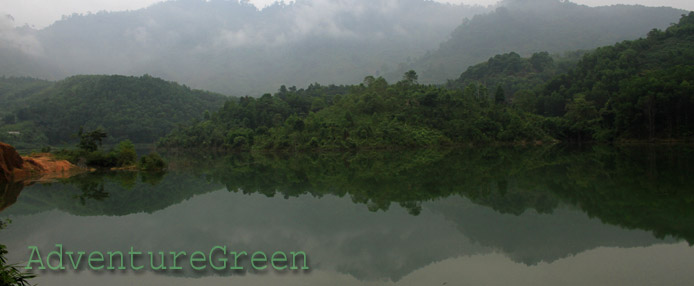
Nature Tours Vietnam
- Xuan Thuy National Park Tour - 2 Days
- Bach Ma National Park Tour – 2 Days
- Cuc Phuong National Park Tour - 2 Days
- Ben En National Park Tour – 2 Days
- Xuan Son National Park Tour – 2 Days
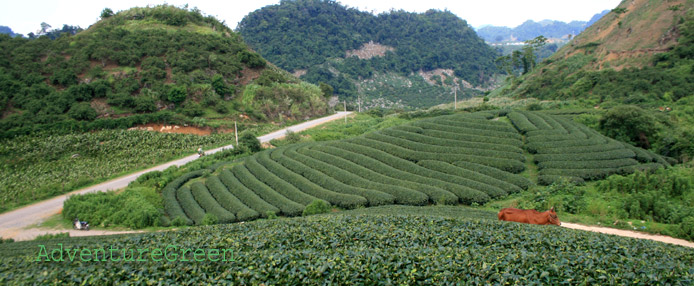
Bike Tours Vietnam
- Bike Tour Moc Chau, Hang Kia, Mai Chau - 3 Days
- Cycling Tour in Thai Nguyen and Lang Son - 2 Days
- Bac Ninh Cycling Tour - 1 Day
- Northwestern Vietnam Mountain Biking Holidays - 10 Days
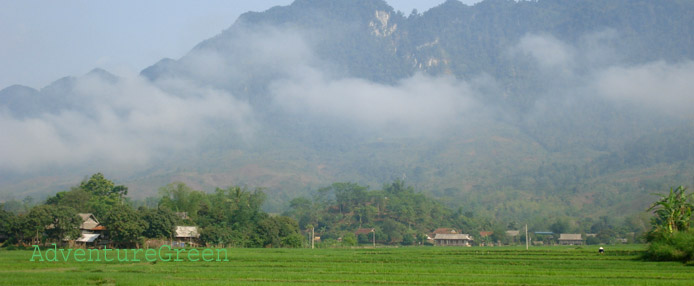
Motorcycle Tours Vietnam
- Adventure Tour Central Highlands & South Vietnam by Motorcycle - 10 Days
- Bac Ninh Tour On The Back Of A Motorbike - 1 Day
- Hanoi Country Life Tour by Motorbike - 1 Day
- Northern Vietnam Motorcycle Tour - 10 Days
- Tour Northern & Central Vietnam by Motorbike - 12 Days

Vietnam Family Vacations
- Dong Lam Pasture Tour for Families with Kids - 2 Days
- Family Adventure Holidays in Bac Son Valley - 2 Days
- Family Adventure Vacations on Top of Pu Luong Nature Reserve – 3 Days
- Family Holidays in Dong Lam and Bac Son - 3 Days
- Family Holidays to Cat Ba Island – 2 Days
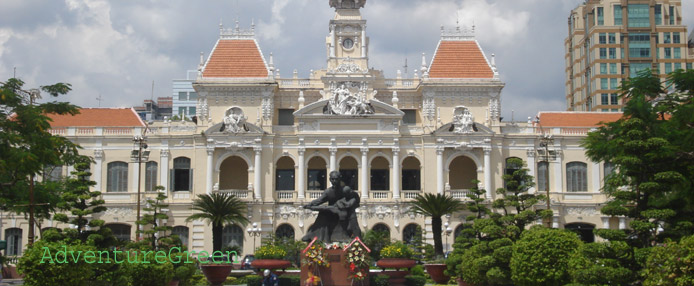
Vietnam Budget Holidays
- Budget Adventure Holidays: Straying in Vietnam from Saigon to Hanoi - 18 Days
- Tour Less Traveled Vietnam from Hanoi to Saigon - 15 Days
- Vietnam Train Tour from Saigon to Hanoi - 14 days
- Vietnam Adventure Tour – 16 Days

Vietnam Day Tours
- Tour Hanoi – Ba Vi National Park - 1 Day
- Tour Hanoi – Bac Son Valley - 1 Day
- Tour Hanoi – Cuc Phuong National Park - 1 Day
- Tour Hanoi – Xuan Son National Park - 1 Day
- Tour Hanoi – Xuan Thuy National Park - 1 Day
- Tour Hanoi – Yen Tu Mountain - 1 Day
- Tour Hue - Bach Ma National Park - 1 Day
- Tour Pleiku – Kon Ka Kinh National Park - 1 Day
- Tour Saigon – Can Gio Mangrove Forest - 1 Day
- Trekking Tour to Phat Tich Pagoda - 1 Day
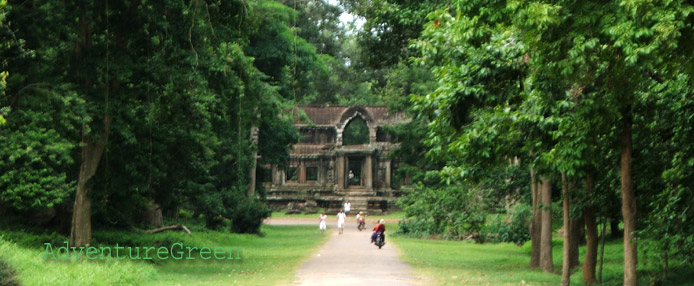
Vietnam Cambodia Laos Tours
- Great Adventure Holiday of Laos and Cambodia 21 Days
- Tour The Highlights of Cambodia and Vietnam - 20 Days
- Our company
- Travel Agents
- Tour Operators
- Hotels and Resorts
- Responsible Travel
- Privacy Policy
- Terms Of Use
- Booking Conditions
AdventureGreen is an adventure travel division of Paradissa Co. Ltd., a Vietnam based travel agency, tour company, tour operator. AdventureGreen specializes in adventure tours, trekking tours, cycling holidays, eco tours, budget holidays, low cost vacations, cheap travel deals in Vietnam, Cambodia, Laos, Myanmar and Thailand.
Suite 601, 6th Floor, Sky City Tower A, 88 Lang Ha Street, Dong Da District, Hanoi, Hanoi 11513, Vietnam WhatsApp/Viber/Zalo/Tel: +84.83 927 9204 Email: This email address is being protected from spambots. You need JavaScript enabled to view it. or This email address is being protected from spambots. You need JavaScript enabled to view it.

Limosa Holidays
Global operator
Service level
Travelers age
Trip prices
$2,250 — 5,286
Tour languages
Quick Links:
Trips other travelers liked
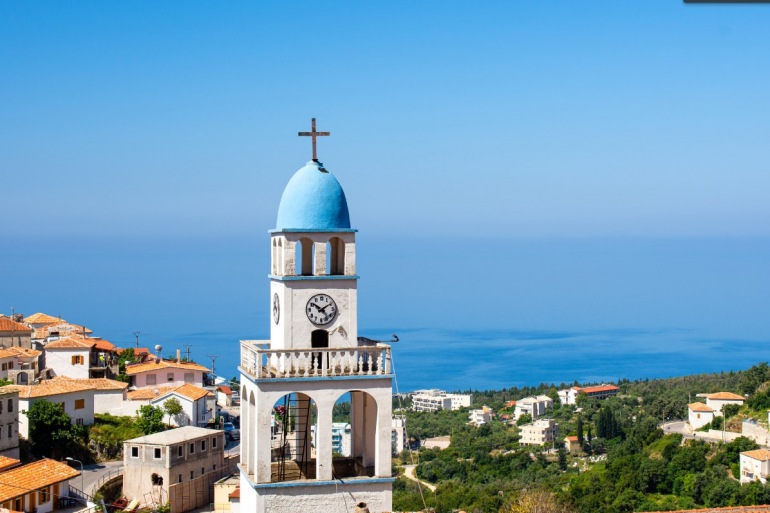
Discover Albania

Family Fun In Cambodia

Northern Lights Escape

Brazil (North): See & Experience it ALL in 13 Days, 1st Class Custom Tours

Iceland Discovery

Ice to Sun 2023: Argentina & Brazil

“Where the mountains meet the sea”- Kotor Bay, Lovcen & Skadar Lake National Park

4-Days Cuyabeno
Member savings.
Sign in to see which companies give additional savings to Travelstride Members (it’s free)
- Group Tours
- North America
- Central America & Caribbean
- South America
- Middle East & North Africa
How well do you know the world?

Unlock Community Benefits
Travel better together.
- Save favorite trips and itineraries
- Get insider insights
- Receive personalized recommendations
- ... and much more

More Details
Solo friendly.
- No single supplement
Travelstride featured in
About the company.
Founded in 1985, Limosa is proud to be recognised as one of the world’s leading specialist operators of birding and wildlife tours.
Our varied annual programme is selected from a repertoire of more than 200 of the very best in birding and wildlife trips. Meticulously planned, professionally led and with prices that are genuinely all-inclusive, Limosa offers something for everyone: from short breaks in Britain and Europe through to a comprehensive selection of longer holidays to some of the world’s most beautiful wild places.
From our behind the scenes paperwork and planning to our website, brochures, newsletters and Tour Info Packs - all reflect the same high standards and quality of service. We look upon all of our guests as friends and take great pride in our high level of repeat business and the fact that so many new customers come to us by personal recommendation. On almost any Limosa tour there is likely to be someone for whom this is their first trip, whilst others in the party may have taken twenty or more holidays with us - and the current record is now more than fifty!
Whether you are a beginner new to birding or an ‘old hand’ with bags of experience, our tours are all about having fun whilst seeing lots of great birds. Travel with us in Limosa’s 30th Anniversary Year - and share our passion for birds and birdwatching the world over.
10 Top Reasons to Travel with Limosa ...
- The best guides ~ experienced, professional, enthusiastic, friendly and fun
- Small group camaraderie ~ limits of between 5-12 participants on most tours
- Ideal for everyone ~ with as much help and individual attention as you need
- Carefully planned itineraries ~ good food, comfortable lodgings and great birding!
- 30 years experience ~ specialising in birdwatching and wildlife tours
- High level of repeat custom ~ hundreds of personal recommendations
- All-inclusive holidays ~ absolutely NO hidden extras
- Discounts for Early Booking, Frequent Travel and airport parking and hotels
- Fully licensed and bonded with ATOL and ABTOT for your financial protection
- Supporting conservation through sponsorship, donation and action
Is Limosa For Me
Whether you're a beginner new to birdwatching or someone with years of experience, if you're passionate about birds and wildlife, you will find that Limosa's birdwatching tours have been designed with you in mind. Within our latest programme, you will find holidays that focus solely on birds through to those which also feature mammals, butterflies and more general wildlife.
Our varied annual schedule is selected from a repertoire of more than 200 of the very best in birdwatching and wildlife tours. Meticulously planned, professionally led and with prices that are genuinely all-inclusive, we offer something for everyone: from guided BirdWalks and birdwatching tours in Britain and Europe through to a comprehensive selection of longer birding and wildlife holidays to some of the world’s most beautiful wild places.
All that you need to enjoy them is a love of birds and the natural world, a desire to travel - and of course you r binoculars!
Limosa Holidays Trips & Specials

Morocco: Autumn Birding In Agadir

South Africa: Kruger & Drakensberg

Iceland: Autumn Migration

Northern Thailand & Spoon-Billed Sandpiper

Florida: Winter Birding In The Sunshine State
EARLY BIRD DISCOUNT
BOOK EARLY and take advantage of Limosa's Early Bird Discount! We're giving £40 per person OFF all our 2015 overseas departures - and £25 per person off all our 2015 UK trips. But hurry, this offer runs for a LIMITED PERIOD ONLY.
To qualify for Limosa’s 2015 Early Bird Discount, booking forms and deposits must be received at our office by latest close of business on 31st October 2014.
Throughout the life of the offer, full details will be posted in the News column on the Home page of this website. Details will also be published within our printed brochure, newsletters and enewsletters.
Want a tailor-made trip instead?
Your trip, your way, planned by an expert:.
- You choose budget, destinations, activities, transport & lodging type
- Expert designs the itinerary for you, and once approved, takes care of logistics
Top Limosa Holidays Trip Categories
Limosa holidays company ranking by category, about travelstride, find your perfect trip, travel confidently.
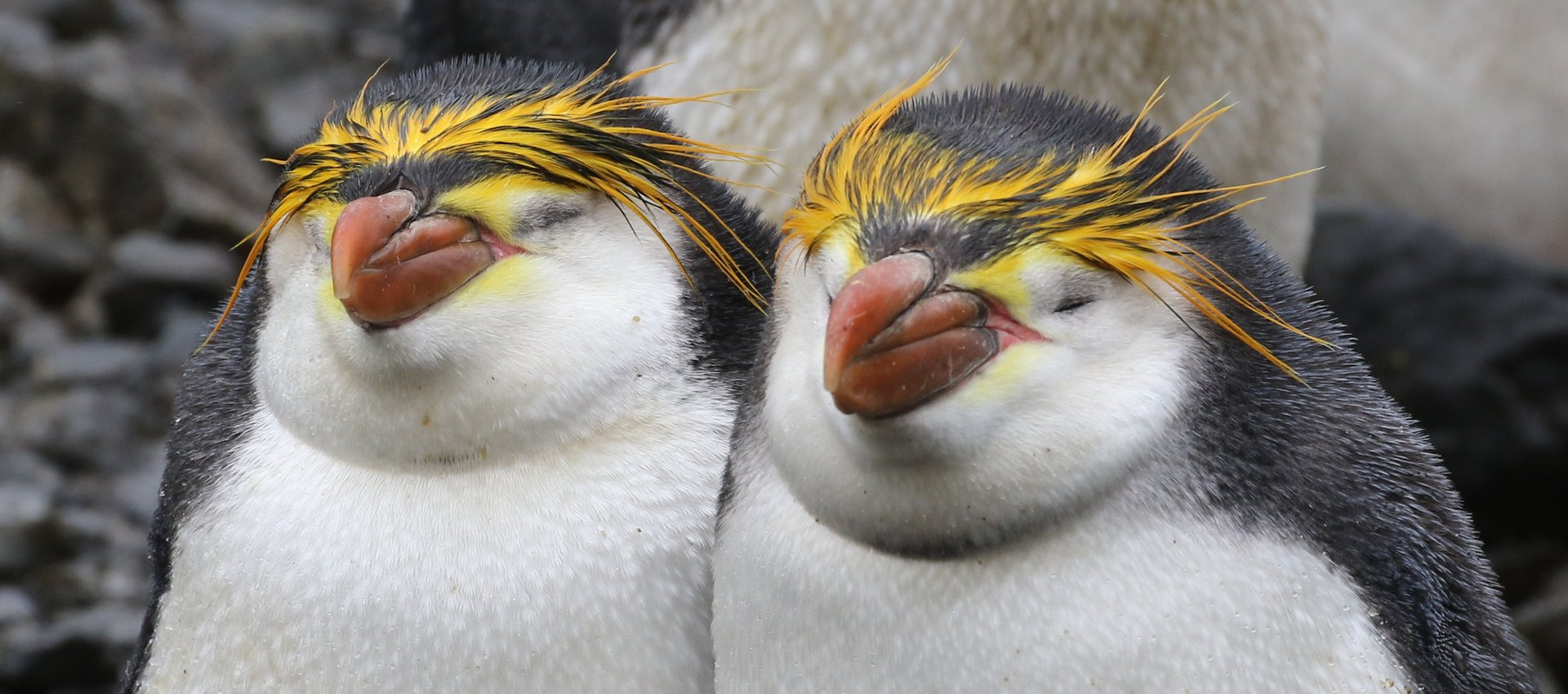
A warm welcome to the WildWings website! Our holidays are all about seeing great birds and mammals led by our amazing team of expert leaders...
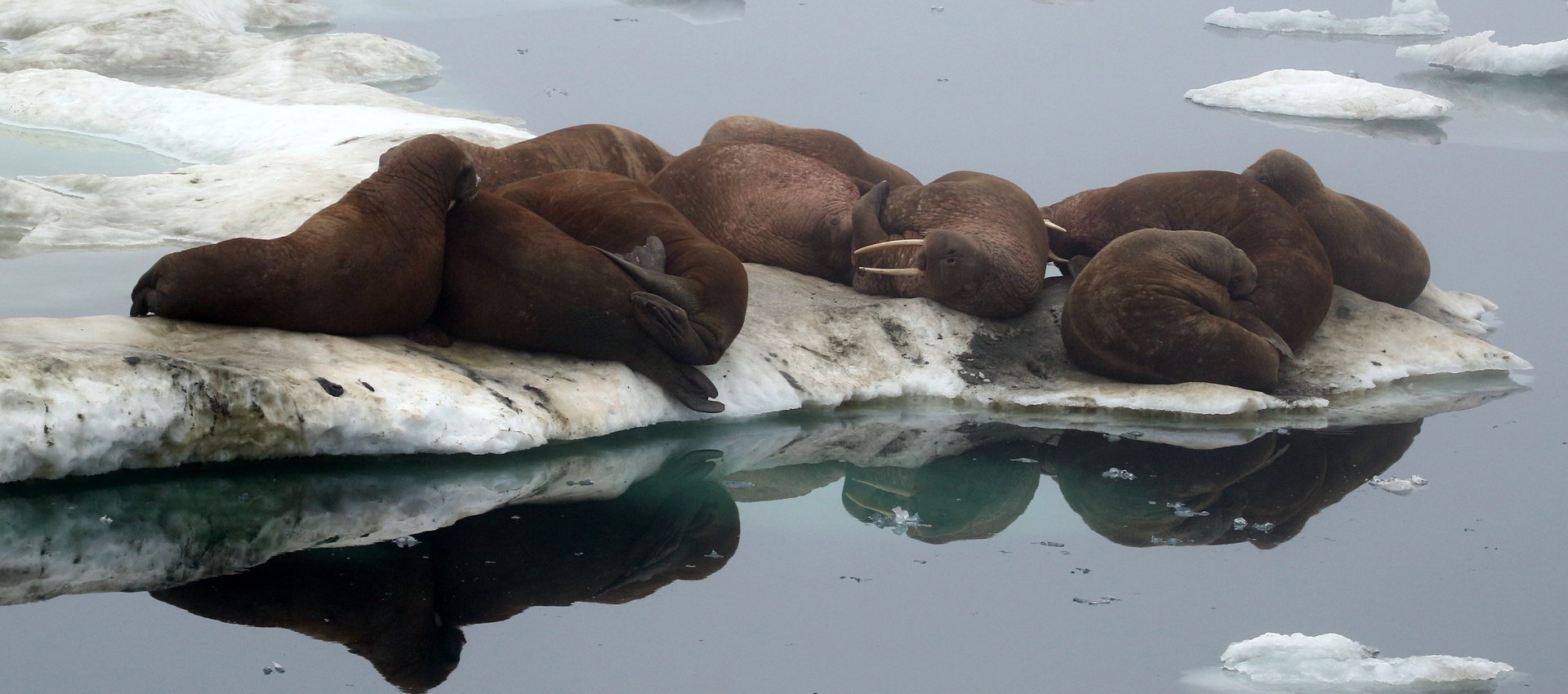
OUR 2024-25 TOUR SCHEDULE IS OUT NOW!... Take a look here at our latest calendar - and keep checking back, new trips to be announced!
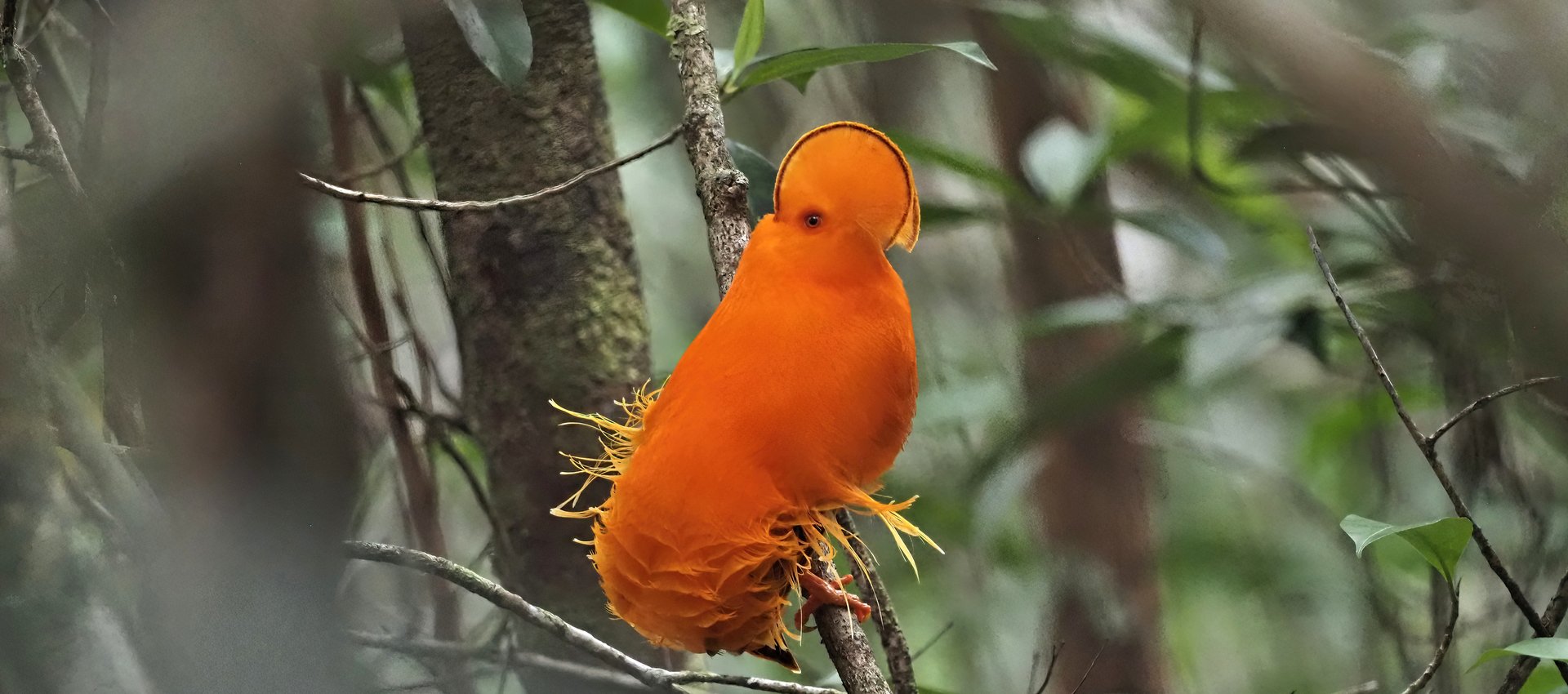
The WildWings "Remote Amazon" birds and wildlife cruise now offers an extension to a lek of the stunning Guianan Cock-of-the-Rock
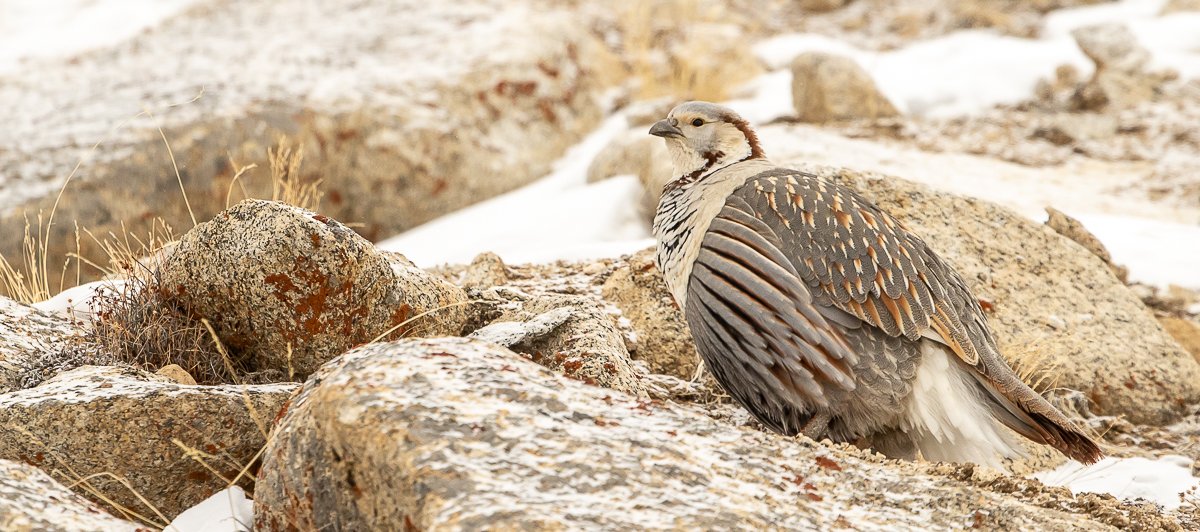
WildWings and Limosa Holidays are now part of the same group so if you are interested in an even bigger range of escorted holidays, please visit the Limosa website
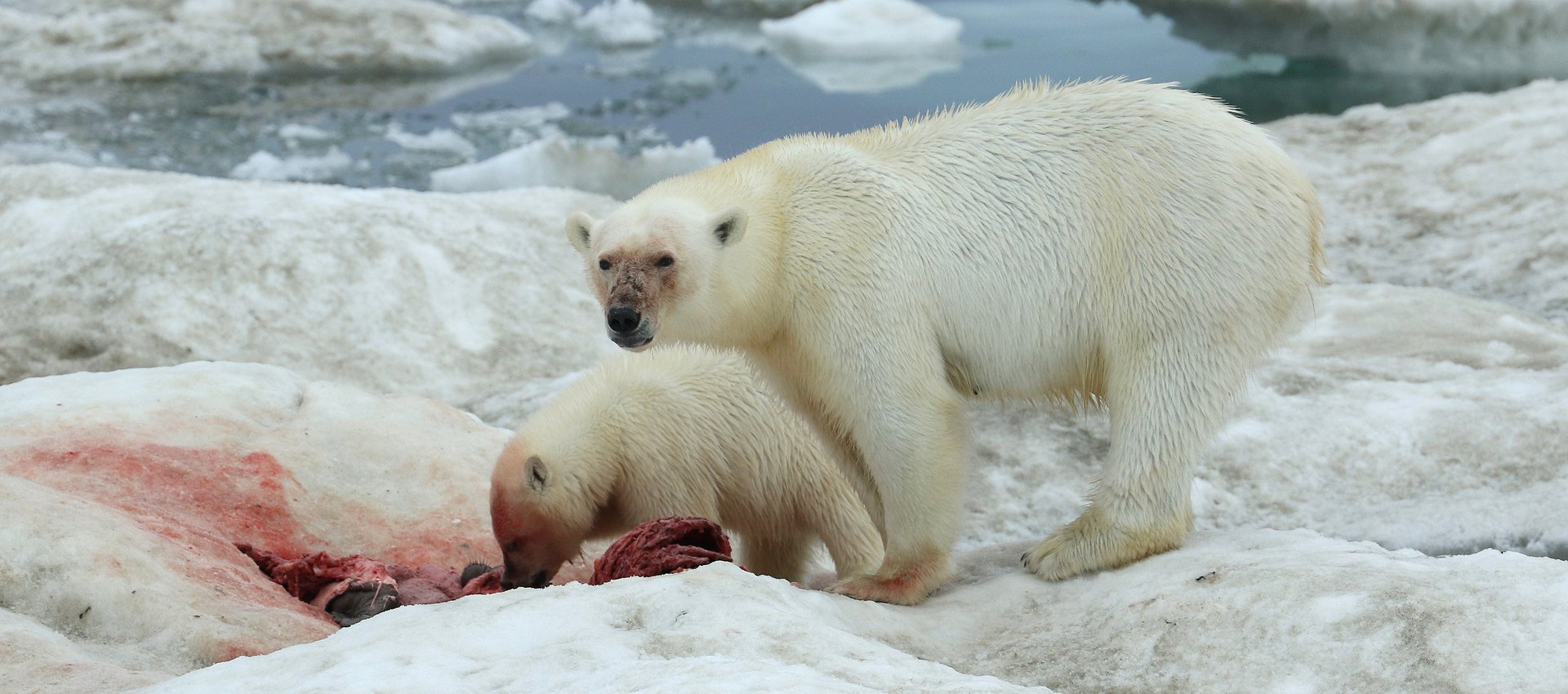
Want to be kept up to date as we announce new tours?? Please scroll down to sign up for the all new WildWings e-newsletter
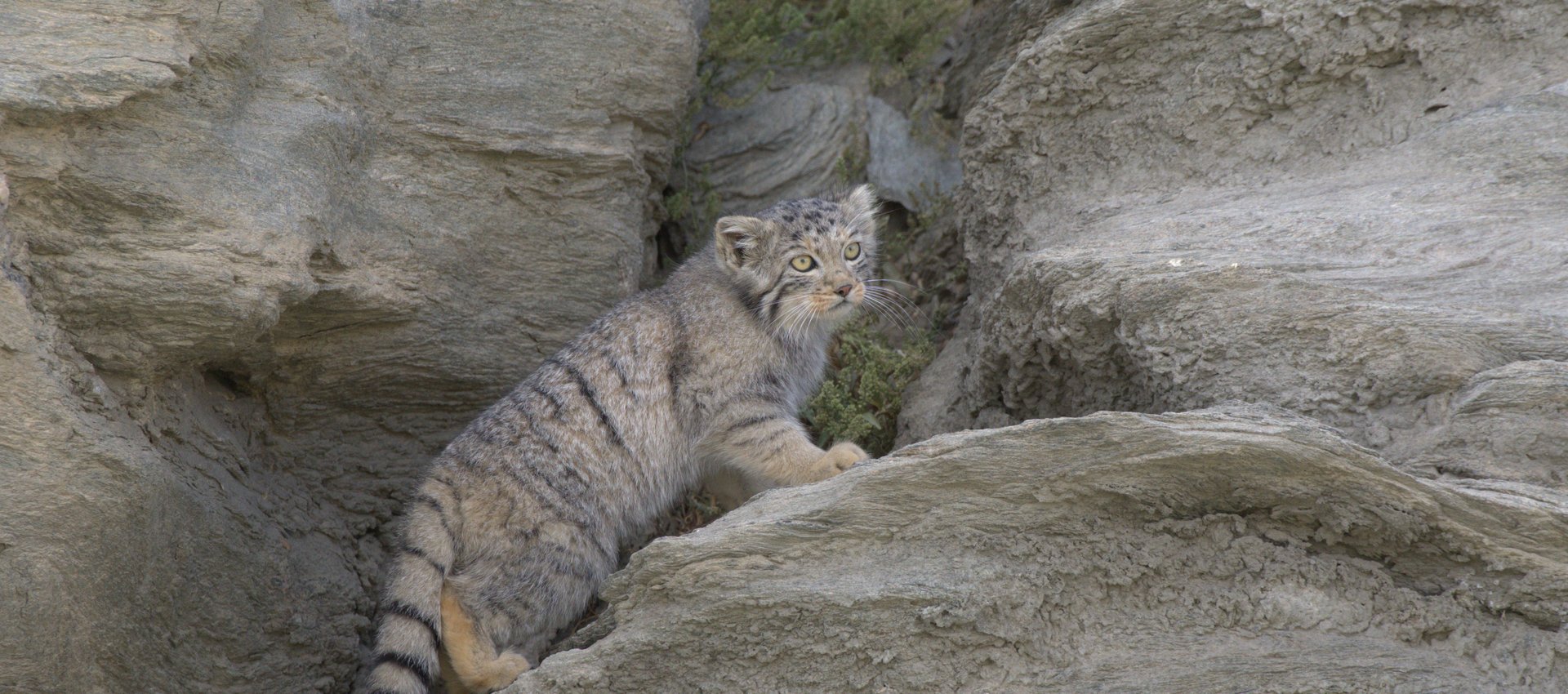
Want to know about some of the new tours we will be releasing soon??
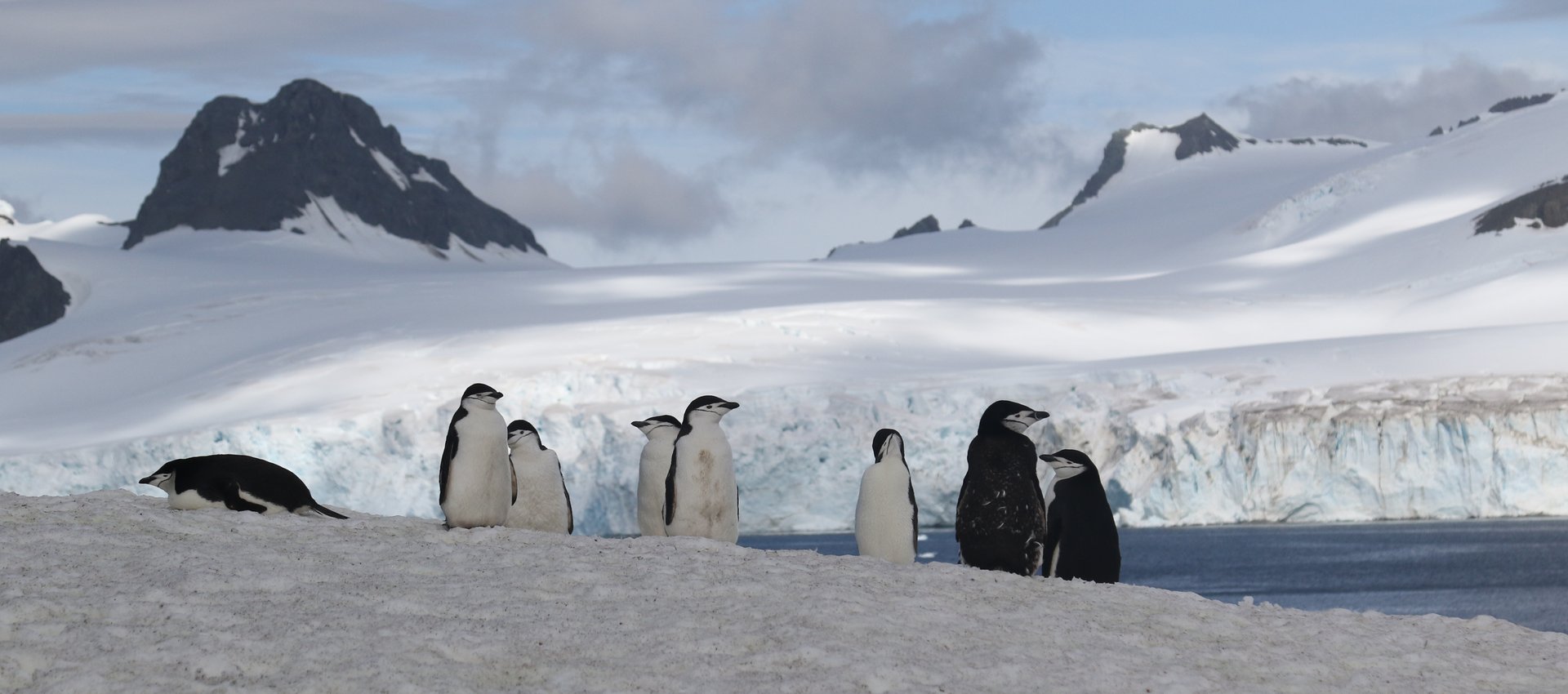
Always wanted to visit Antarctica??
WildWings have been helping clients go to the "Great White Continent" for more than 20 years and have considerable experience of this amazing and unique place....
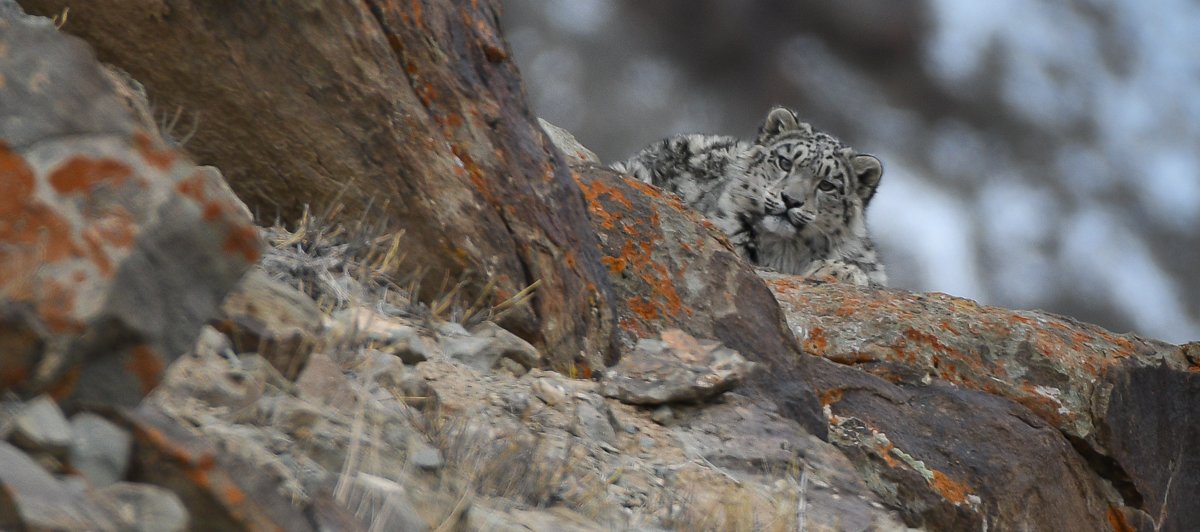
Always wanted to see a Snow Leopard. WildWings will be running their popular trip to Ladakh again in early 2025.
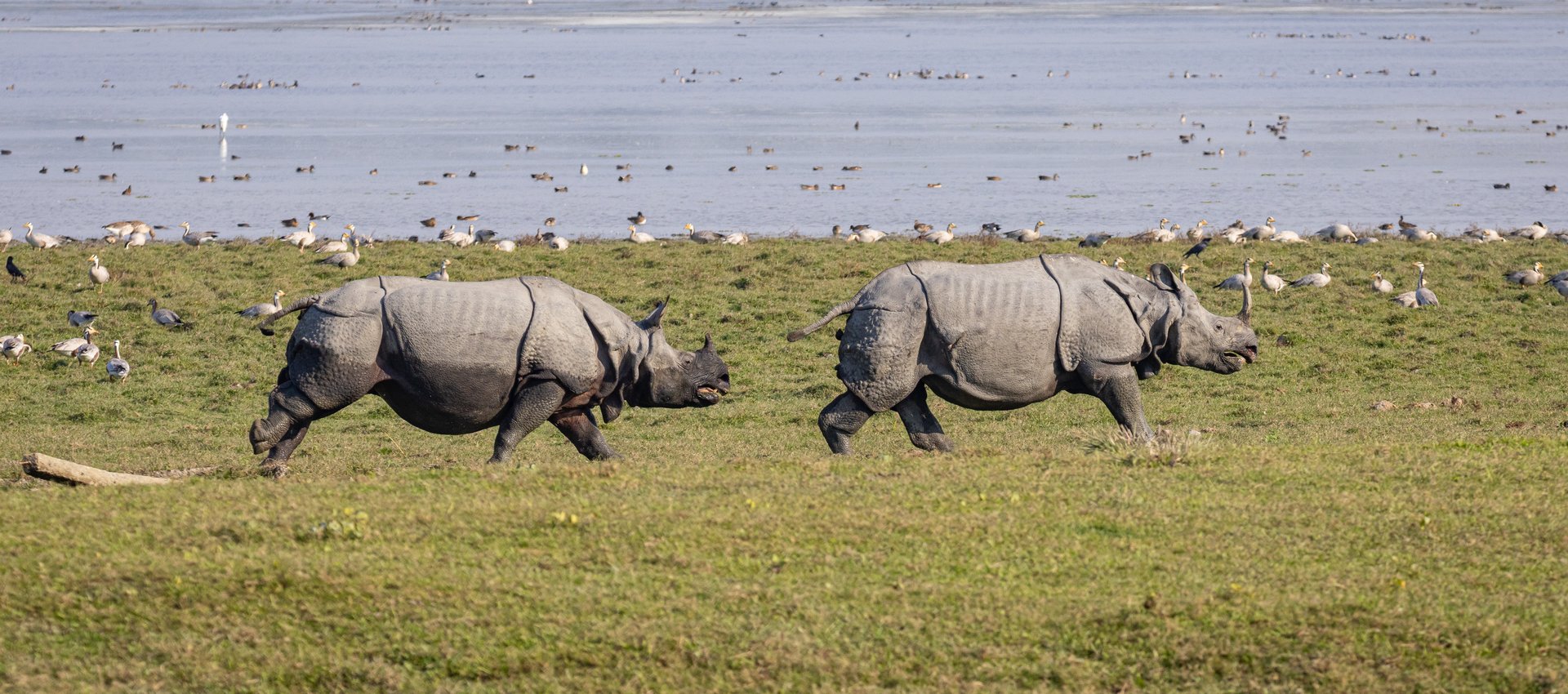
Join us on our new itinerary to Northern India looking for some of the country's most iconic wildlife.
The experts in guided bird and wildlife tours and expedition cruises
Welcome to the WildWings website!
WildWings is one of the longest established wildlife tour businesses in the UK and we are rightly proud of our record of offering high quality, meticulously planned holidays to many of the world's best wildlife destinations.
We continue to expand our extensive range of expedition voyages including a number of new and exclusive cruises, some of which will be targeting some of the least known seabirds on the planet. Mammal tours remain another important part of our offering with new and improved trips regularly added to our website.
Please check our website regularly and sign up to receive our e-newsletter as this is a great way to keep in touch with the 'world of WildWings' as we add new holidays and wildlife voyages on a regular basis. If, however, there is somewhere we do not currently list as a destination which you are interested in visiting, please let us know.
We also recommend checking out the website of WildWings' sister brand www.limosaholidays.co.uk which also offers a great selection of top quality birding holidays, many of which complement the WildWings offering.
Our website allows you to book almost all our trips online and the office team are standing by if you wish to speak to us by phone.
We look forward to hearing from you and hope to travel with you very soon.
Best wishes
Chris, Carl, Sarah and the WildWings team
Late Availability More Late Availability Tours
Spitsbergen / svalbard.
Spitsbergen and the Ice Edge
Bowhead Whales and Polar Bears along the edge of the Arctic sea ice
Mon 10th June 2024
Mon 17th June 2024
Leader: Chris Collins
Featured Tour
The Birds and Mammals of Northern India
A 16-day small group tour visiting some of the premier reserves of Northern India.
Sat 2nd November 2024
Sun 17th November 2024
Leader: Fernando Enrique Navarrete
Latest News
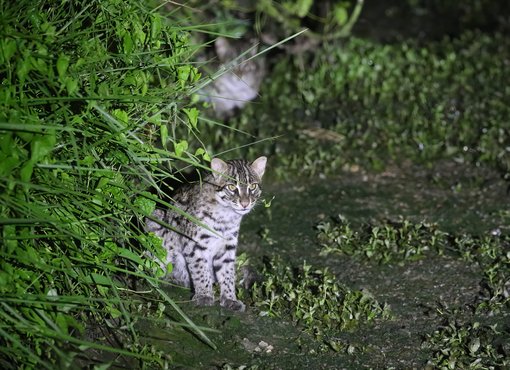
Tel: 0117 965 8333| International: +44 117 965 8333 [email protected] Follow us on FACEBOOK Follow us on Instagram
Website Design & Development by Accent Design © 2024, content © Birds and Wildlife Limited 2024
- Private Boat Tours
- Location Guide
- Our Reviews
- +351 918 720 002 (Cost of a call to the national mobile network)
- [email protected]
Ria Formosa Bird Watching Boat Tour
- 2 Hours approximately
- Min Guests: 2 Max Guests: 11
- Doca De Faro
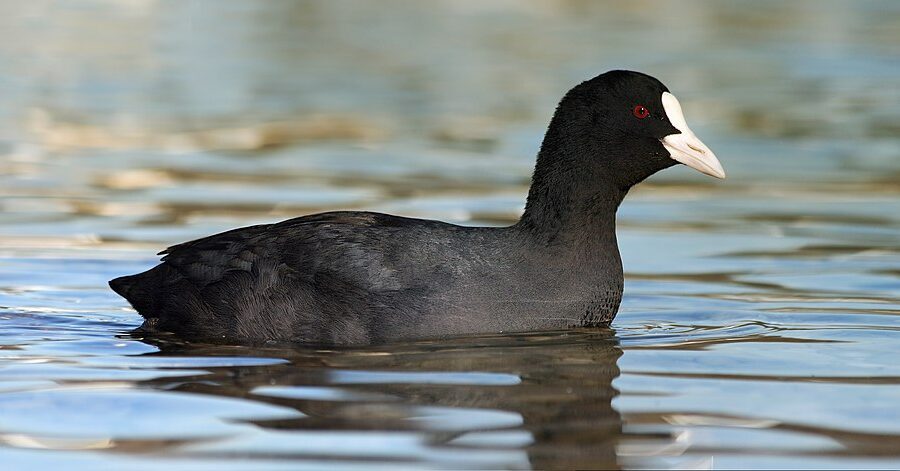
Bird Watching in the Algarve with Departures from Faro
Embark on an ecotourism experience in Ria Formosa on board a comfortable pontoon boat.
Led by an expert nature guide, this Ria Formosa boat tour will show you why this incredible place was elected one of the 7 Natural Wonders of Portugal.
Ria Formosa Natural Park is considered one of Europe’s most important wetlands for aquatic birds. It’s no surprise, then, that the diverse birdlife here is one of the highlights of any visit.
This Ria Formosa bird watching tour gives these amazing animals the special attention they deserve. Join us for bird watching in the Algarve and observe birds like the White Stork (Ciconia ciconia), Little Egret (Egretta garzetta), and the Spoonbill (Platalea leucorodia).
Waders are most abundant, especially during winter, although birds like the Whimbrel (Numenius phaeopus), the Turnstone (Arenaria interpres), and the Grey Plover (Pluvialis squatarola) are a constant presence.
The trip continues towards the islands of the Natural Park, through oyster and clam farms, one of the most important economical activities in the Algarve. Here, you can also see interesting species such as the Black-tailed Godwit (Limosa limosa), the Oystercatcher (Haematopus ostralegus), and many more.
Towards the point where the lagoon meets the sea, we make a stop so you can enjoy this small slice of paradise. This is an important reproduction area for the Little Tern (Sterna albifrons) and the Kentish Plover (Charadrius alexandrinus). During wintertime, we often observe the Sandwich Tern (Sterna sandvicensis) and the Greater Flamingo (Phoenicopterus roseus).
As we head back to Faro, you will have many opportunities to observe other species while our boat sails slowly through the channels of this natural wonderland. Bird watching in Faro and the Algarve doesn’t get any more complete than this!
If you have any questions about this Ria Formosa boat tour, please feel free to get in touch .
In addition to Ria Formosa bird watching experiences, you can discover more treasures of the Algarve on our boat trips to Deserta and Farol Islands .
Spoken Languages
Price Includes
- 2h boat trip (includes a stop of 15 to 20 minutes in a deserted beach)
- Use of binoculars
- Local guide
- Live commentary on board
Price Excludes
- Hotel pickup and drop-off
- Transportation to/from attractions
- Food and drinks
- Tips (Optional)
- All other extras
Important Information
- Bring plenty of water to drink to avoid dehydration.
- A rucksack or backpack is recommended to carry a small snack, sunglasses, hat, a good sun cream and a camera.
- Comfortable clothing and flat shoes recommended. A wind-stopper and a waterproof coat are useful, specially during the coldest period of the year.
- A minimum of 2 adults per booking is required.
- A maximum of 11 people per booking.
- Child rate applies only when sharing with 2 paying adults.
- Children must be accompanied by an adult.
- May be operated by a multi-lingual guide.
- Wheelchair accessible.
- Subject to favorable weather conditions. If canceled due to poor weather, you will be given the option of an alternative date or full refund.
- Safety comes first, please follow the instructions and recommendations of your skipper, especially those relating to safety issues.
- Trips may be amended due to weather conditions or the physical condition of the participants should our skippers deem this advisable.
- This is an activity subject to weather conditions. The decision to leave or return earlier than expected, due to unexpected weather conditions, is solely to the skipper.
- The schedules of departures and arrivals, the duration and itineraries of the activities are subject to change without previous notice due to security determined by the weather conditions, tides and/or other circumstances beyond our control.
Can I get the refund?
We have you covered! We will email you as items in your order ship, or if there are updates on the status of your order. Can’t find the email?Click here to check the status of your order.
Can I change the travel date?
Adding item to wishlist requires an account, already a member.
Username or E-mail
Forget Password?
Don't have an account? Create one.
+351918720002 [email protected]
Related Tours
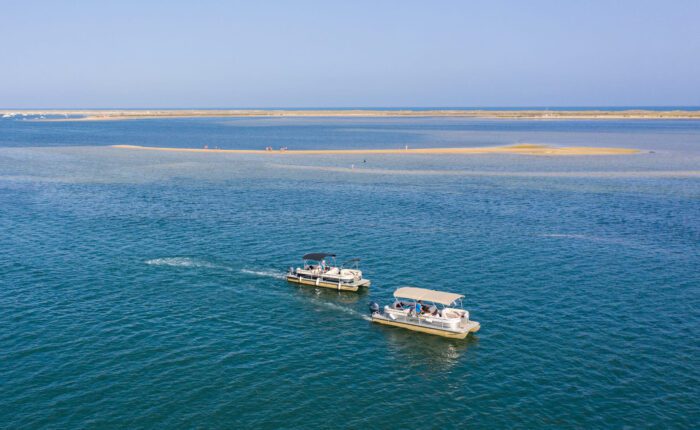
Boat Tour to Deserta and Farol Islands in Ria Formosa

Marine Life and Dolphin Watching Boat Trip from Faro, Portugal
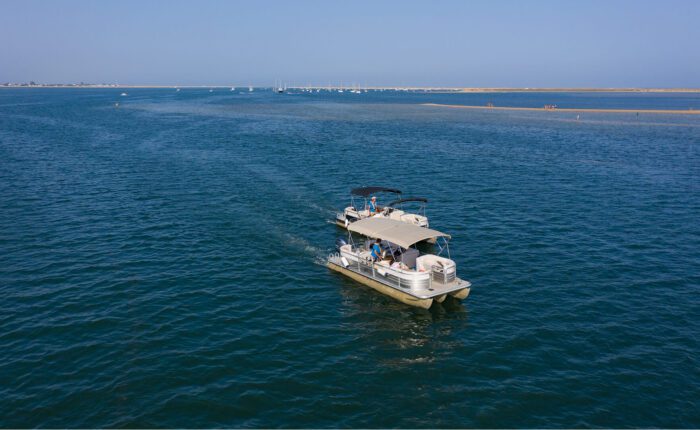
Short Boat Tour in Ria Formosa from Faro

- Email Us [email protected]
- Tel: +44(0)1479 821248
- Request a Brochure
- Website Search Search
Birding and Wildlife Holidays in Scotland and Worldwide.
Explore our Scottish Island Holidays for Birders...
Get the inside scoop on all our latest news and exclusive birdwatching holidays throughout the World.
Welcome to Heatherlea, your natural destination for wildlife!
Birding & wildlife holidays in scotland and worldwide.
Heatherlea are your natural choice! We specialise in friendly holidays to see birds and mammals in the wild. Our fully inclusive tours include comfortable en-suite hotel accommodation, all food, transport and the services of top quality experienced Leaders. Everything you need!
We are delighted to offer our unique ‘Five-year Worldwide Planner’! Create your own Planner and reserve tours without obligation. We will keep you in touch, and advise regularly so you are fully up to date. Usually no payment is required until one year before your tour, giving great flexibility.
..................................
If it's Scotland, it HAS to be Heatherlea! Read our fifty great reasons to choose us in our home country!
- Mainland Scotland
- Scottish Islands
- England & Wales
- The Americas
- Rest of the World
Testimonials
I just wanted to say thank you very much to everybody for making it another trip to remember with all the hard work put in by you. The food, as usual, was superb. Many thanks to the Chef. A special thanks of course to our guide for his brilliant leadership, knowledge and great sense of humour. There were some wonderful memories. Once again, many thanks and look forward to seeing you all next year. Mr H
We would like to thank you all for a fabulous weeks bird watching holiday. The food was delicious, the room comfortable, and our guides showed us a huge number of species. You were all so pleasant and understanding and worked hard to provide us with a memorable and enjoyable stay. We loved that you were flexible and amended the itinerary to avoid bad weather. Many thanks to you all! Mr & Mrs H
My husband and I took our first birding tour with Heatherlea Tours. Everyone associated with the company and the hotel were first rate. They made us feel comfortable and welcome. Our tour guide was excellent and has a keen knowledge of not only the local birds but all manner of wildlife. We can absolutely recommend Heatherlea Tours and will keep them in mind for our next birding tour. Mr & Mrs H
About Heatherlea Holidays
- Tour Calendar
Contact Information
The Mountview Hotel , Nethybridge , PH25 3EB Scotland
T: +44(0)1479 821248
E: [email protected]
- Heatherlea - Birdwatching Holidays is a 5 star wildlife experience as graded by the Scottish Tourist Board. 5 star STB
- Heatherlea - Birdwatching Holidays is a 3 star hotel as graded by the Scottish Tourist Board. 3 star STB hotel
- Heatherlea - Birdwatching Holidays is an ATOL protected holiday provider
- Heatherlea - Birdwatching Holidays on Facebook
- Heatherlea - Birdwatching Holidays on Twitter
- Heatherlea - Birdwatching Holidays on Instagram
- Heatherlea - Birdwatching Holidays on Youtube
- © Heatherlea - Birdwatching Holidays
- Privacy Policy
- Terms & Conditions
- Website Cookies
- Reg. in Scotland No 214912
- Site by Plexus
What is Limosa Holland Birding about?
Welcome to Limosahollandbirding, the website for your personal bird watching excursion.
My name is Paul Saager. I have been a fervent bird watcher for over 30 years. I started bird watching during my internship at the marvellous Wadden island of Texel. It is a true bird Eldorado and a must-visit during your stay in the Netherlands. It is here I met my present bird pals. Together we make monthly bird trips through the Netherlands and Europe.
I am an experienced bird watcher and I know the Netherlands well. It is my passion to guide and enthuse beginning bird watchers. I have a leisurely pace and allow you to determine the birds yourself. This I do with patience and crystal-clear information. On the other hand, should you aim for a specific bird, a lifer, we will chase the goose enthusiastically till we find it.
Why Limosa? It is the scientific name of the black-tailed godwit, the national bird of the Netherlands. It is a beautiful bird. Unfortunately it is under strong pressure by habitat loss. Once the country of small scale agriculture and husbandry, now, much of the arable land has been converted into large industrial dairy land. This led to a loss of food and shelter for the young chicks. Fortunately, the tide is turning and more and more farmers change their methods to more nature-friendly landuse. With almost 40.000 breeding pairs, the Netherlands still is THE place to find it. That is why I chose this bird for my website.
Make your own perfect birdwatching holiday in the Netherlands
Please have a look on my website to look for the best bird watching locations in the Netherlands. Or fill out the contact form for a tailor made excursion that meets your personal desires.
To help you prepare for what can be seen in the Netherlands, have a look at my videos and read the latest bird news . I wish you a lovely bird watching stay in our beautiful country!
World Class Birding, Small Group Comfort

- Tours by Month
- About High Lonesome
- Tour Policies: Terms and Conditions
- Tour Leaders
- Travel Protection
- Make a Payment

BROWSE OUR TOURS
By region ».
Small groups, experienced leaders, good food, and congenial company: those are the hallmarks of a High Lonesome tour!

Arizona 2024: Southeast Arizona Specialties & Nightbirds
May 1 – May 8, 2024 Provisionally full, waitlist available!

Alaska 2024: Adak, Aleutian Specialties & Eurasian Vagrants
May 18 – 22, 2024 Spaces available!

Alaska 2024: Pribilofs, St. Paul Island Seabirds and Rarities I
May 22 – 26, 2024 No Spaces available!

Alaska 2024: Pribilofs, Gambell & Nome: Bering Sea & Western Alaska
May 22 – June 07, 2024 1 Space available!

Alaska 2024: Spring Migration in Gambell “The Siberian Express”
May 26 – June 03, 2024 4 Spaces available!

Alaska 2024: Nome & The Seward Peninsula I Arctic Birding
May 30 – June 03, 2024 Provisionally full, waitlist available!
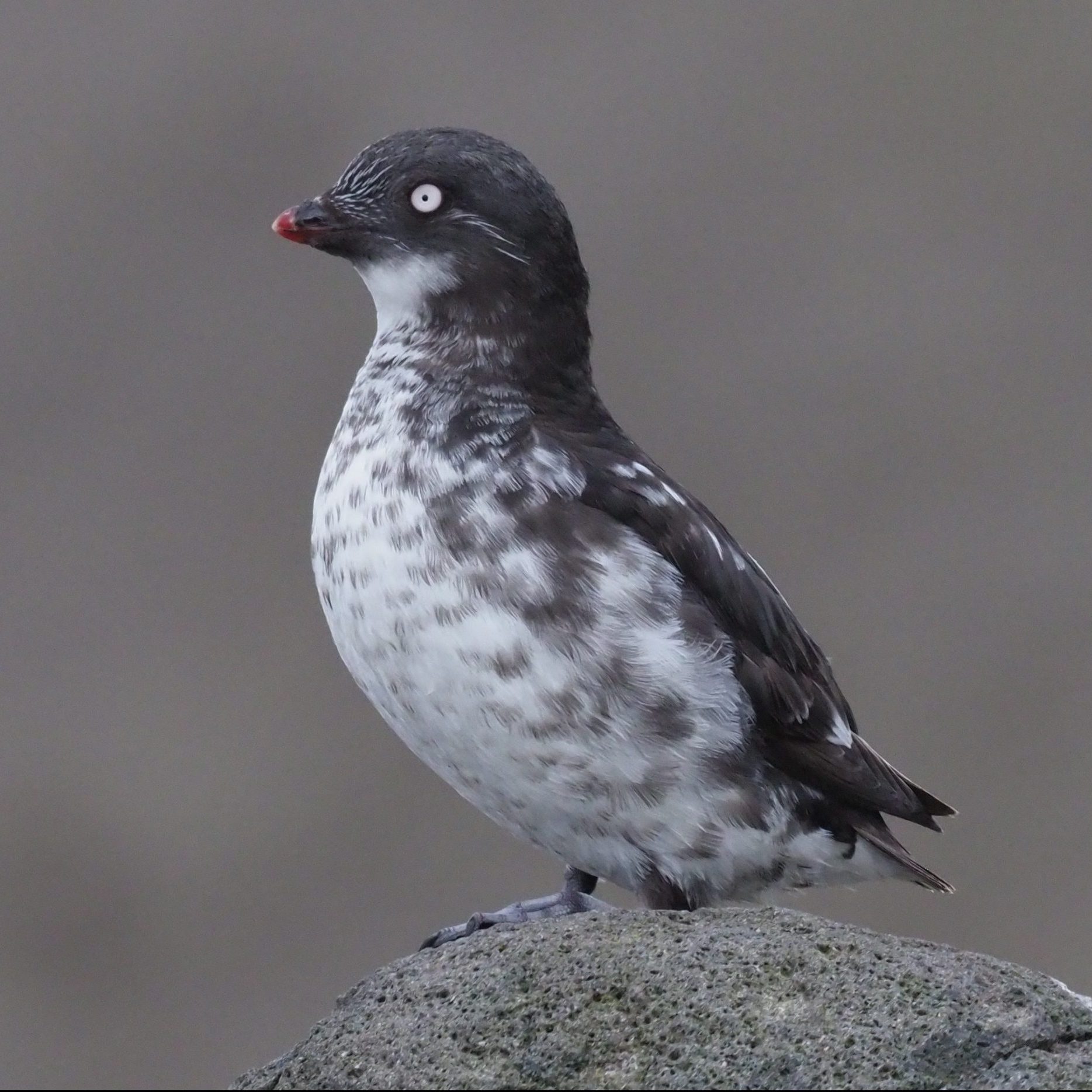
Alaska 2024: Pribilofs, St. Paul Island Seabirds and Rarities II
June 3 – 6, 2024 Spaces available!

Alaska 2024: Dutch Harbor & The Whiskered Auklet II
June 4 – 7, 2024 1 Space available!

Alaska 2024: Nome & The Seward Peninsula II Arctic Birding
June 3 – June 7, 2024 2 Spaces available!

Alaska 2024: Denali & Kenai, Vistas, Mammals, & Seabirds!
June 08 – 16, 2024 4 Spaces available!

Alaska 2024: Barrow: The High Arctic Spectacle
June 17 – 19, 2024 Provisionally full, waitlist available!
Alaska 2024: Dutch Harbor & The Whiskered Auklet
June 20 – 23, 2024 Full, waitlist available!

Northern Colombia 2024: Santa Marta, Caribbean & Perija
June 29th – July 9th, 2024 Full, waiting list available!

Colombia Cali and the Choco 2025: Relaxed, Diverse, Magical
March 8th – 16th, 2025 Spaces available!

Arizona 2024: Hummingbirds: Jewels of Southeastern Arizona
August 10 – 17, 2024 Full, Waitlist available!

Sri Lanka: Endemics and Wildlife 2024
October 12th – 22nd, 2024 Full, waitlist available!

Alaska 2024: Utqiaġvik: Ross’s Gull Quest High Arctic Adventure
October 8 – 13, 2024 Spaces available!

South Texas in Winter 2025: Whooping Cranes and Lower Rio Grande
February 1 – 9, 2025 Spaces available!

Colorado 2025: Prairie-Chickens, Grouse & More
April 01 – 11, 2025 Spaces available!

Texas 2025: Spring Migration and Hill Country
April 12 – 23, 2025 Spaces available!
Arizona 2025: Southeast Arizona Specialties & Nightbirds
April 26 – May 3, 2025 Spaces available!
Alaska 2025: Adak, Aleutian Specialties & Eurasian Vagrants
May 17 – 21, 2025 Spaces available!
Alaska 2025: Pribilofs, Gambell & Nome: Bering Sea & Western Alaska
May 22 – June 07, 2025 Spaces available!
Alaska 2025: Pribilofs, St. Paul Island Seabirds and Rarities I
May 22 – 25, 2025 Spaces available!
Alaska 2025: Spring Migration in Gambell “The Siberian Express”
May 26 – June 03, 2025 Spaces available!
Alaska 2025: Nome & The Seward Peninsula I Arctic Birding
May 30 – June 03, 2025 Spaces available!
Alaska 2025: Nome & The Seward Peninsula II Arctic Birding
June 3 – June 7, 2025 Spaces available!
Alaska 2025: Denali & Kenai, Vistas, Mammals, & Seabirds!
June 08 – 16, 2025 Spaces available!
Alaska 2025: Barrow: The High Arctic Spectacle
June 17 – 19, 2025 Spaces available!
Alaska 2025: Dutch Harbor & The Whiskered Auklet
June 20 – 23, 2025 Spaces available!
Arizona 2025: Hummingbirds: Jewels of Southeastern Arizona
August 9 – 16, 2025 Spaces available!
Alaska 2025: Utqiaġvik: Ross’s Gull Quest High Arctic Adventure
October 8 – 13, 2025 Spaces available!
Sri Lanka: Endemics and Wildlife 2025
December 6th – 16th, 2025 Spaces available! Limited to 6 participants.
South Texas in Winter 2026: Whooping Cranes and Lower Rio Grande
January 1 – February 8, 2026 Spaces available!

CLIENT FAVORITES
Alaska tours.
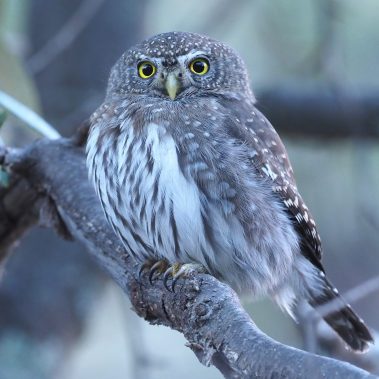
- Preplanned tours
- Daytrips out of Moscow
- Themed tours
- Customized tours
- St. Petersburg
Moscow Metro
The Moscow Metro Tour is included in most guided tours’ itineraries. Opened in 1935, under Stalin’s regime, the metro was not only meant to solve transport problems, but also was hailed as “a people’s palace”. Every station you will see during your Moscow metro tour looks like a palace room. There are bright paintings, mosaics, stained glass, bronze statues… Our Moscow metro tour includes the most impressive stations best architects and designers worked at - Ploshchad Revolutsii, Mayakovskaya, Komsomolskaya, Kievskaya, Novoslobodskaya and some others.
What is the kremlin in russia?
The guide will not only help you navigate the metro, but will also provide you with fascinating background tales for the images you see and a history of each station.
And there some stories to be told during the Moscow metro tour! The deepest station - Park Pobedy - is 84 metres under the ground with the world longest escalator of 140 meters. Parts of the so-called Metro-2, a secret strategic system of underground tunnels, was used for its construction.
During the Second World War the metro itself became a strategic asset: it was turned into the city's biggest bomb-shelter and one of the stations even became a library. 217 children were born here in 1941-1942! The metro is the most effective means of transport in the capital.
There are almost 200 stations 196 at the moment and trains run every 90 seconds! The guide of your Moscow metro tour can explain to you how to buy tickets and find your way if you plan to get around by yourself.



COMMENTS
Limosa Holidays provide Birding Tours, Wildlife Holidays and much more in the UK and Worldwide. Call 01692 580623 for more information. Home; About; News; 01692 580623 Contact Us. ... Limosa is one of the longest established bird tour businesses in the UK and we are rightly proud of our record of offering high quality, meticulously planned ...
Post-pandemic, I am leading tours for Limosa, Wildwings and Heritage Expeditions to various destinations, but I am also able to offer a personalised guiding service for anyone interested in being accompanied by a professional guide on their private birding, rainforest or wildlife trips. I can also provide expert advice and assistance in ...
Limosa Holidays, Stalham, Norfolk. 4K likes · 97 talking about this. Guided Birding and Wildlife tours - come and share our passion for birds and wildlife.
View a gallery of images for this tour below, click on an image to view as full size with caption. TEXAS Birding Tours with LIMOSA HOLIDAYS: High Island & Houston Woods, spring bird migration in the USA. Fully inclusive birdwatching and wildlife trips led by our team of expert guides. Tel: 01692 580623.
An 11-day, single-centre, small group birdwatching tour to Brazil. Limosa's birdwatching tour to the Brazilian Atlantic Rainforest is a single-centre holiday based at the excellent Reserva Ecológica de Guapiaçu (REGUA) in the coastal mountains north of Rio de Janeiro. This area is outstanding for birds and there is a long list of Brazilian ...
Limosa and WildWings. In March 2021, two of the UK's best known bird and wildlife tour companies, Limosa Holidays and WildWings, joined forces under new ownership. Whilst both businesses will continue to have separate websites and offer their own distinctive brand of holidays, we believe this combination will bring many long-term benefits to ...
Tour Gallery. View a gallery of images for this tour below, click on an image to view as full size with caption. GUATEMALA Birding Tours with LIMOSA HOLIDAYS: Highlands & Horned Guan. Bird tours Guatemala. Fully inclusive birdwatching and wildlife trips led by our team of expert guides. Tel: 01692 580623.
Limosa's improved itinerary exploring southern Morocco combines the best birding in North Africa with time to explore the deserts and mountains of the south along with the coast around Agadir.. Visiting these diverse and spectacular habitats gives us the opportunity to look for a fantastic range of species and the bird list reads like a veritable 'Who's Who' of sought-after Western ...
Fuerteventura Tour - Limosa Holidays. Fuerteventura, The Canary Islands 3rd - 9th November 4014. Trip Report With Tour Leader: Stephen Daly Tour Participants: John Green, Cecile Gillard, Aland Mackereth and Jane Walker, Geoff Phillipson and John and Nadine Shearman. Tour Highlights: Several close encounters with the rare Houbara Bustards ...
Especially at the higher levels, birds tend to remain active throughout the day and our time will be filled with such treats as Dark Hawk-cuckoo, Collared Owlet, Fire-tufted and Black-browed Barbets, Greater Yellownape, Long-tailed Broadbill, Black-and-crimson Oriole, Common Green Magpie, Golden Babbler, Chestnut-capped and endemic Malayan ...
The genus name Limosa is from Latin and means "muddy", from limus, "mud". The English name "godwit" is believed to imitate the bird's call. 1/ Black-tailed godwit (Choắt mỏ thẳng đuôi đen, Limosa limosa) 2/ Bar-tailed godwit (Choắt mỏ thẳng đuôi vằn, Limosa lapponica) The specific name lapponica refers to Lapland.
In March 2021, two of the UK's best known bird and wildlife tour companies, Limosa Holidays and WildWings, joined forces under new ownership. Whilst both businesses will continue to have separate websites and offer their own distinctive brand of holidays, we believe this combination will bring many long-term benefits to our clients.
Founded in 1985, Limosa is proud to be recognised as one of the world's leading specialist operators of birding and wildlife tours. Our varied annual programme is selected from a repertoire of more than 200 of the very best in birding and wildlife trips. Meticulously planned, professionally led and with prices that are genuinely all-inclusive ...
Limosa's Thailand trip report available. WildWings' sister brand Limosa had a very successful tour to Thailand in January where the waders included the critically endangered Spoon-billed Sandpiper and 800+ Asian Dowitchers and over 200 Nordmann's Greenshanks plus an amazing range of forest birds Read More
Bird Watching in the Algarve with Departures from Faro. Embark on an ecotourism experience in Ria Formosa on board a comfortable pontoon boat. Led by an expert nature guide, this Ria Formosa boat tour will show you why this incredible place was elected one of the 7 Natural Wonders of Portugal. Ria Formosa Natural Park is considered one of ...
Birding & Wildlife Holidays in Scotland and Worldwide. Heatherlea are your natural choice! We specialise in friendly holidays to see birds and mammals in the wild. Our fully inclusive tours include comfortable en-suite hotel accommodation, all food, transport and the services of top quality experienced Leaders. Everything you need!
Why Limosa? It is the scientific name of the black-tailed godwit, the national bird of the Netherlands. It is a beautiful bird. Unfortunately it is under strong pressure by habitat loss. Once the country of small scale agriculture and husbandry, now, much of the arable land has been converted into large industrial dairy land. This led to a loss ...
Small-Group Birding, Amazing Birds, and Special Places. We take pride in providing enjoyable, educational, enriching, and safe natural history tours to the finest birding locations in North America and beyond. Our guests to tour leader ratio remains always seven to one or lower for personalized experiences.
Customized tours; St. Petersburg; SMS: +7 (906) 077-08-68 [email protected]. Moscow Metro 2019. Will it be easy to find my way in the Moscow Metro? It is a question many visitors ask themselves before hitting the streets of the Russian capital. As metro is the main means of transport in Moscow - fast, reliable and safe - having some ...
Moscow Metro. The Moscow Metro Tour is included in most guided tours' itineraries. Opened in 1935, under Stalin's regime, the metro was not only meant to solve transport problems, but also was hailed as "a people's palace". Every station you will see during your Moscow metro tour looks like a palace room. There are bright paintings ...
While Moscow is beautiful above-ground, it's fascinating underground. On this tour you will visit two of Moscow's most interesting underground attractions: the beautifully decorated Metro system, and the Bunker 42 anti-nuclear facility. Your private guide will tell you all about the history of these places, and answer any questions you might have. You'll see a different side of Moscow on ...
Welcome to the 628DirtRooster website where you can find video links to Randy McCaffrey's (AKA DirtRooster) YouTube videos, community support and other resources for the Hobby Beekeepers and the official 628DirtRooster online store where you can find 628DirtRooster hats and shirts, local Mississippi honey and whole lot more!